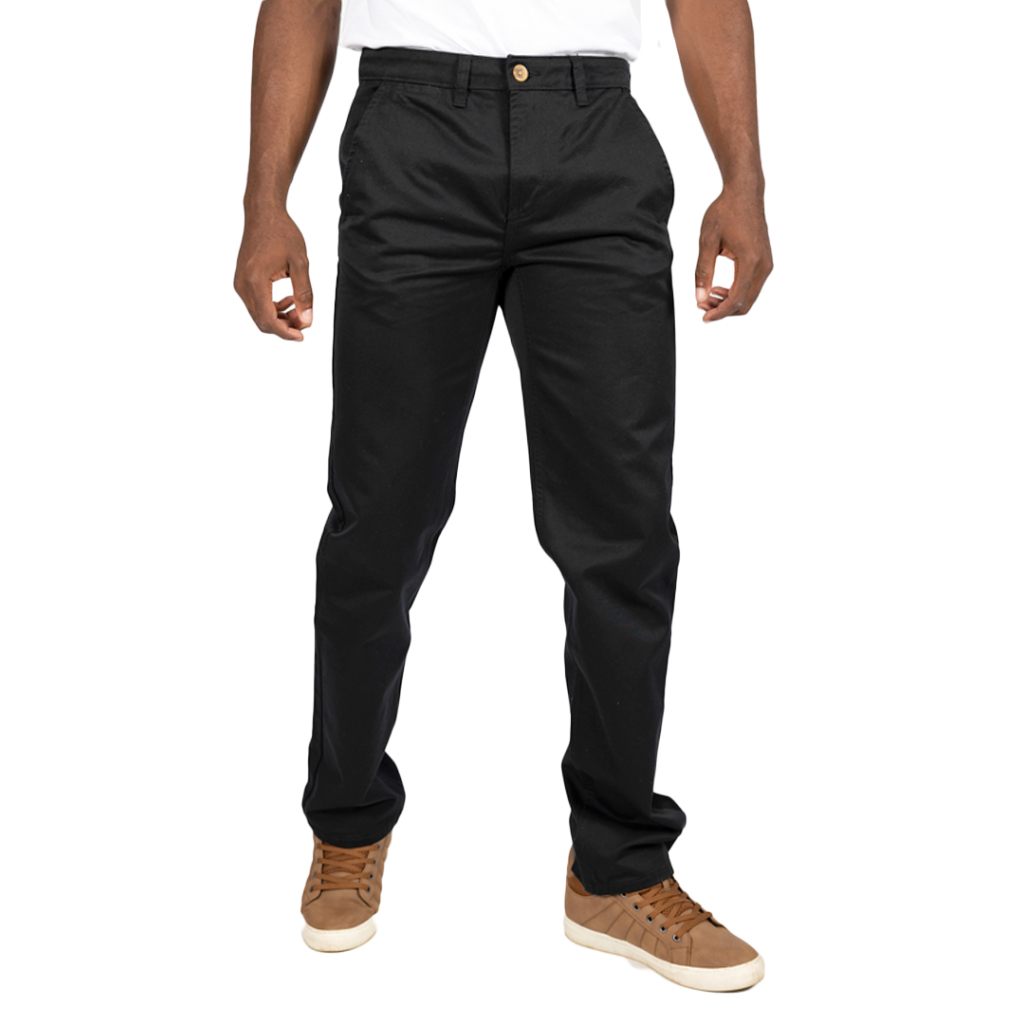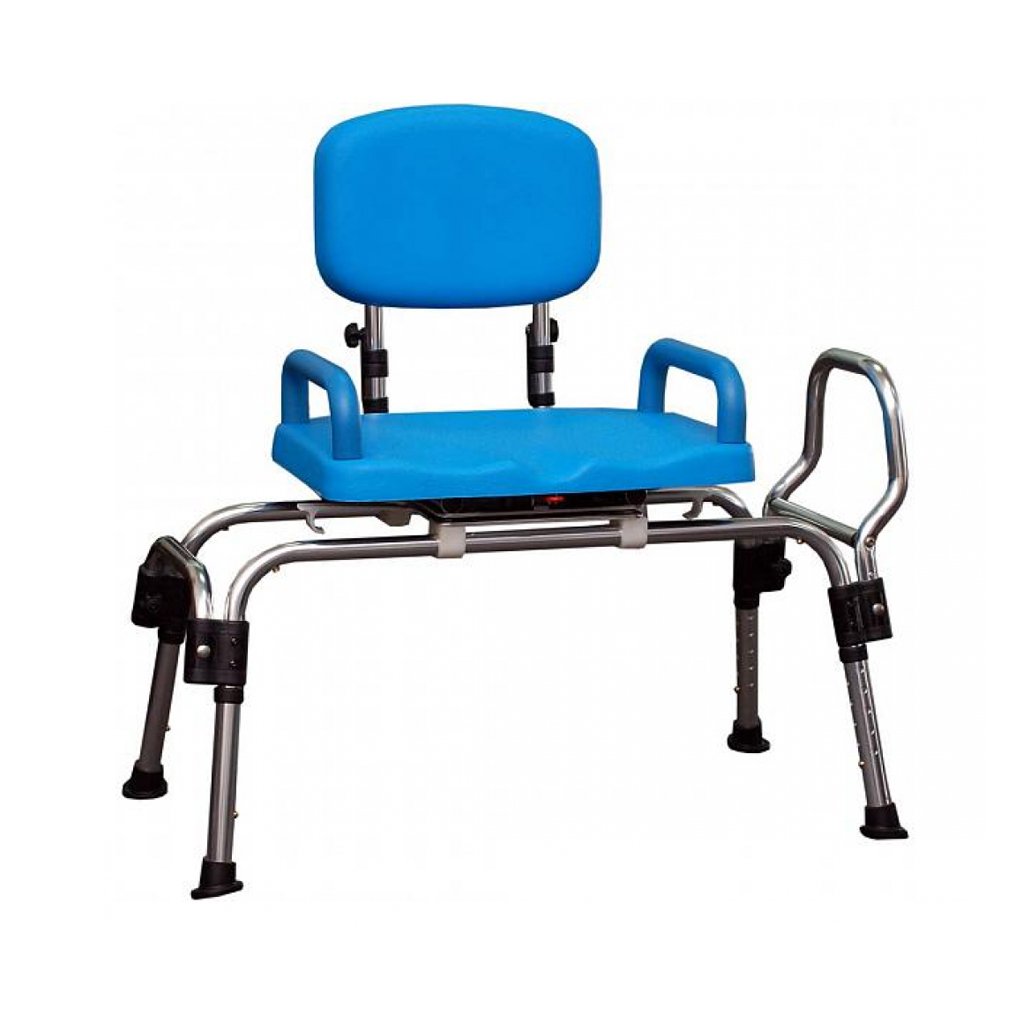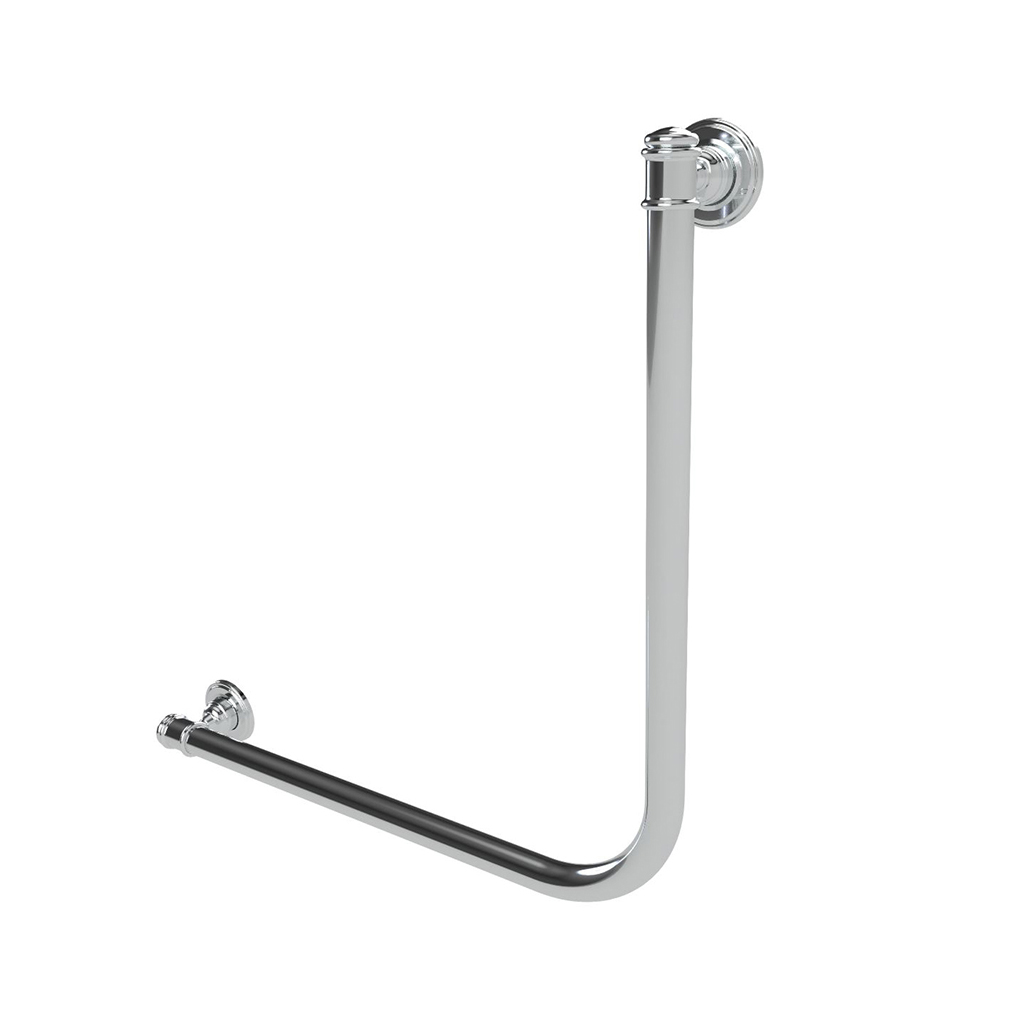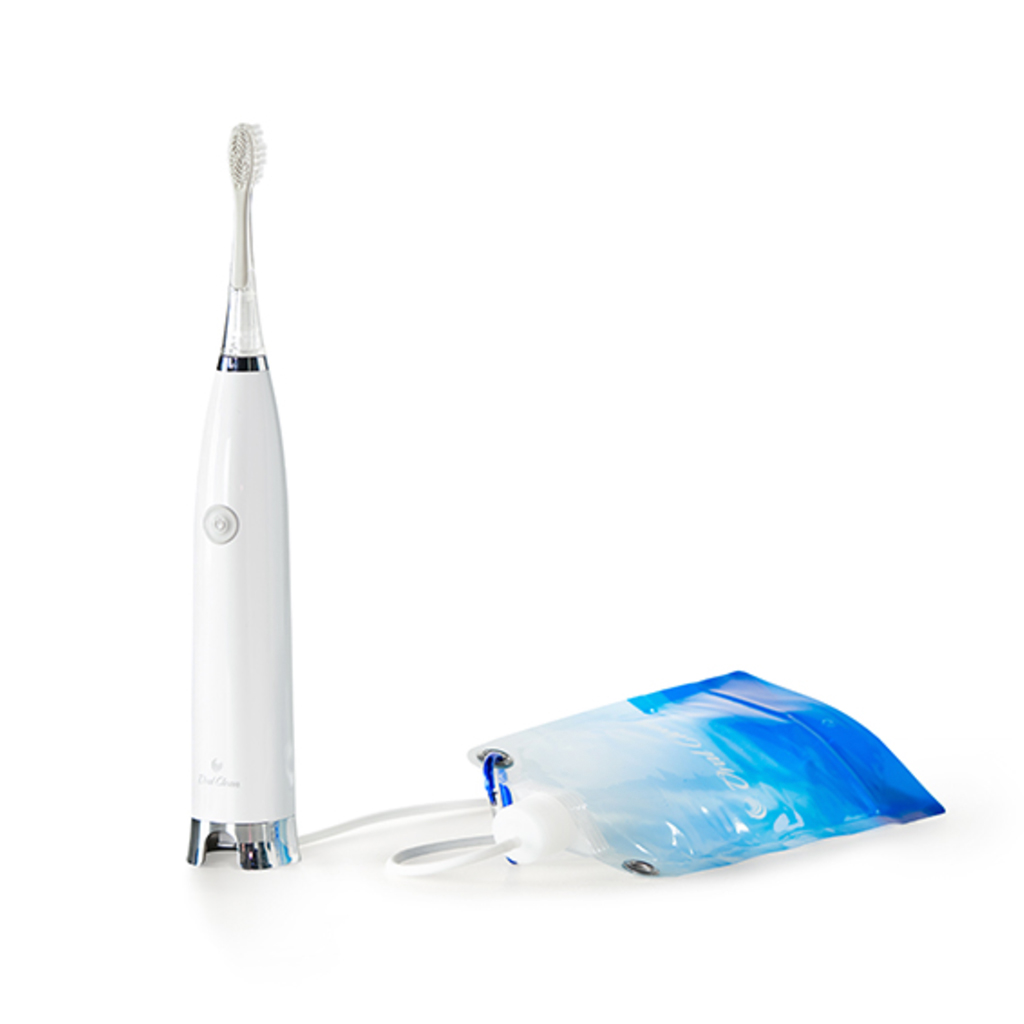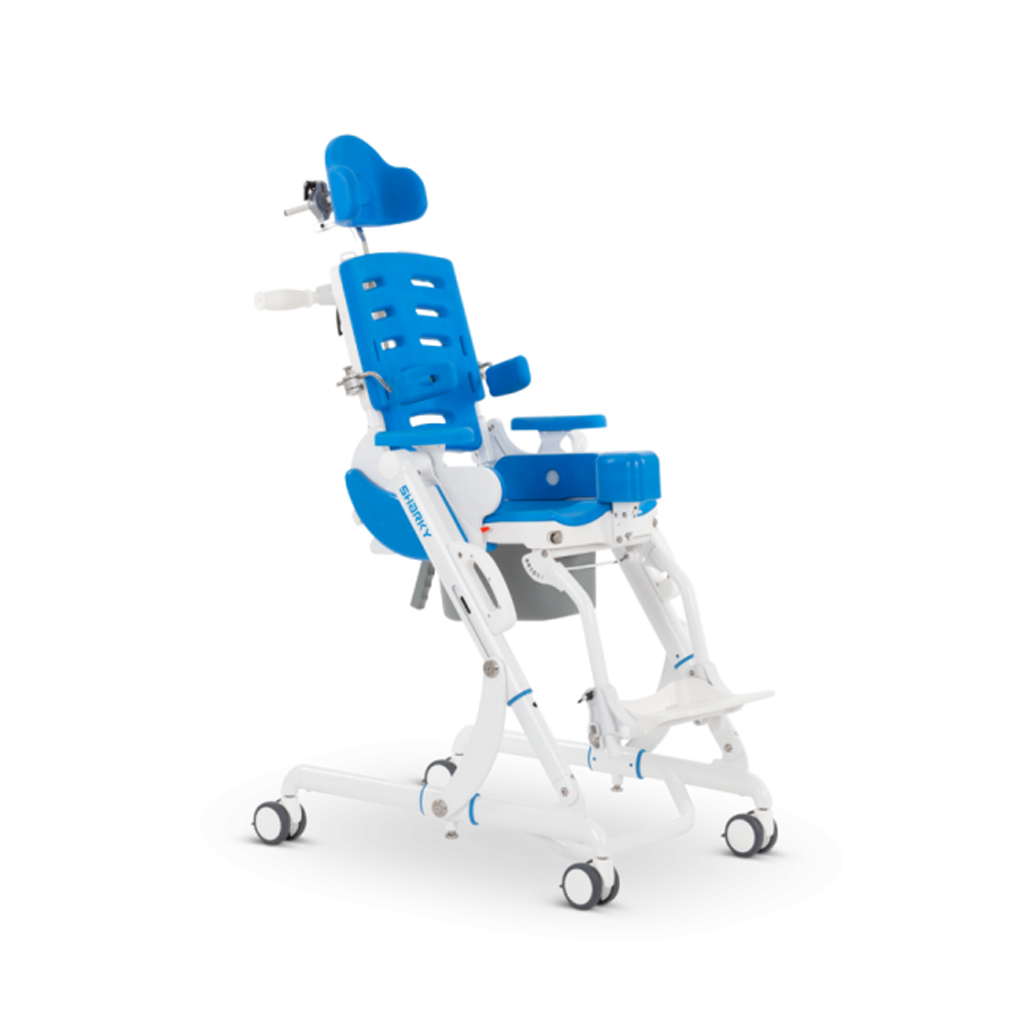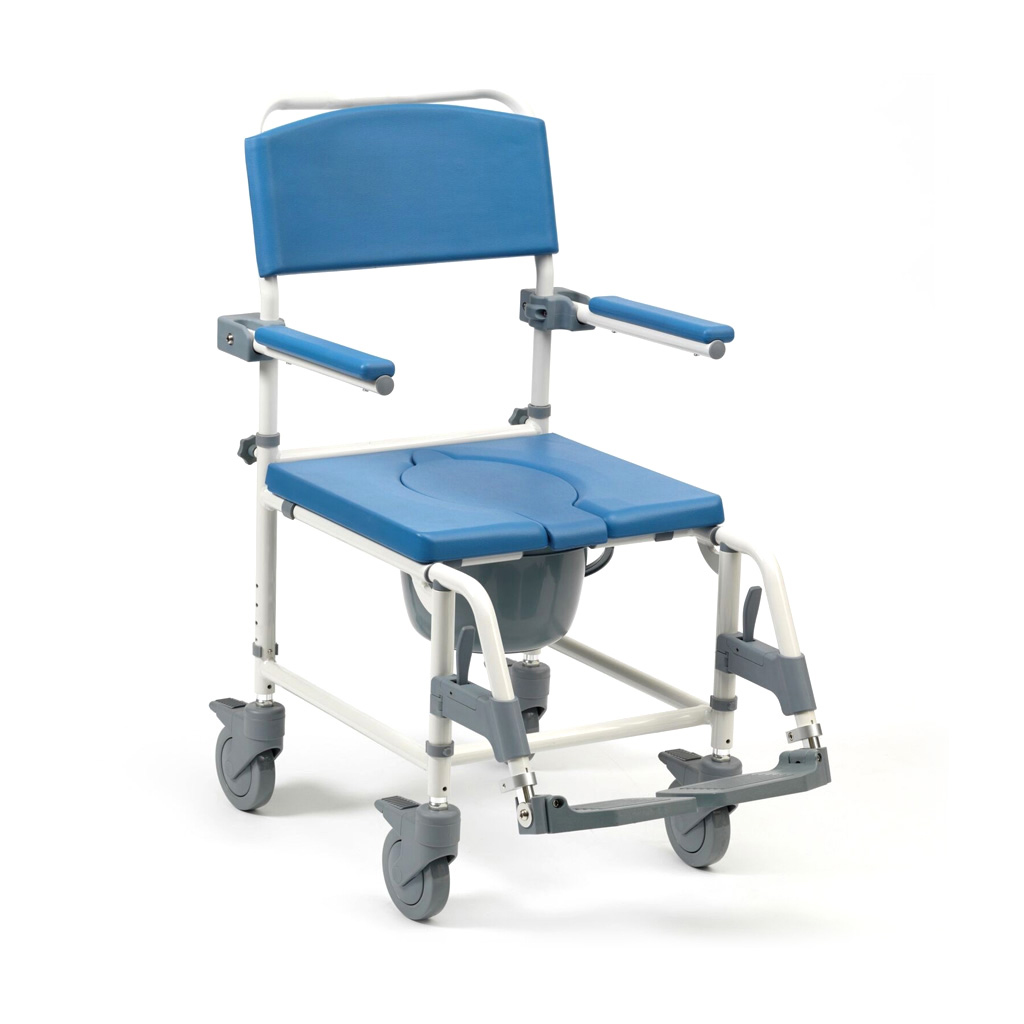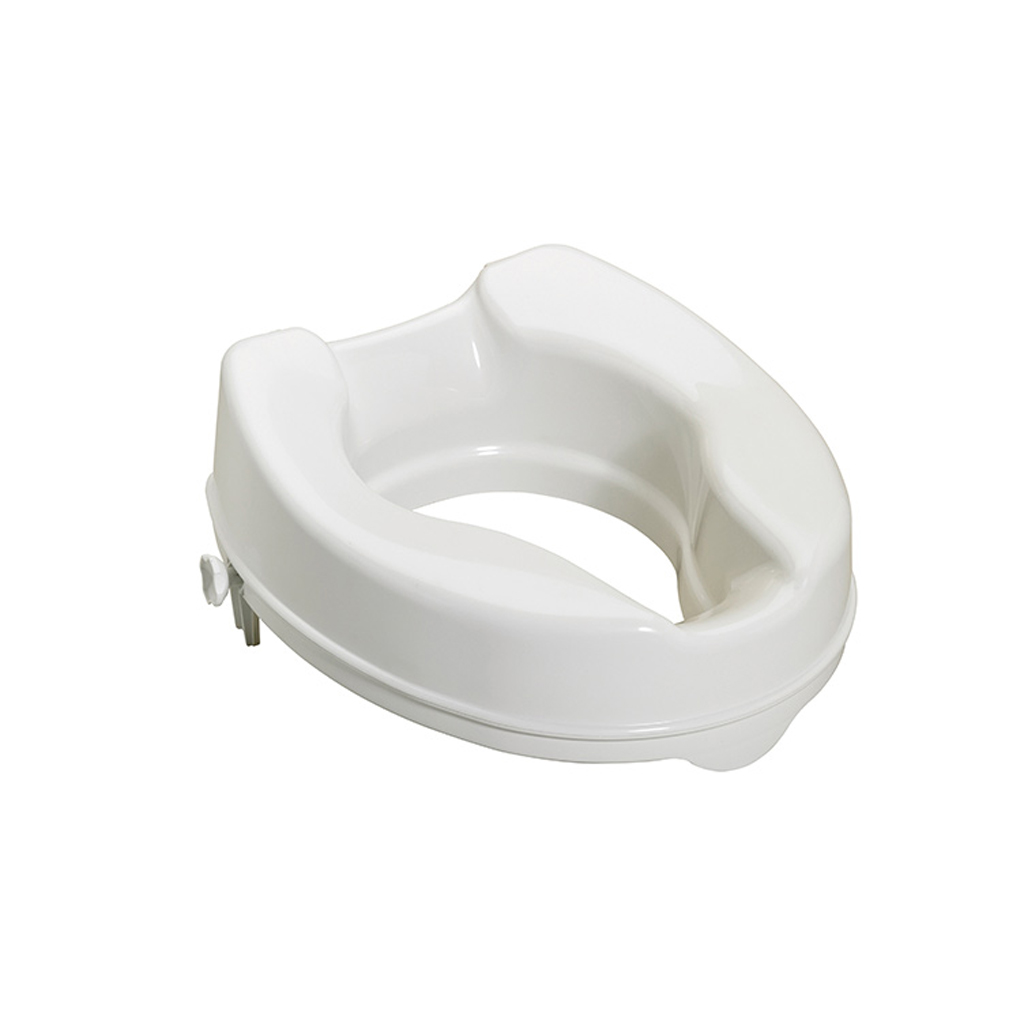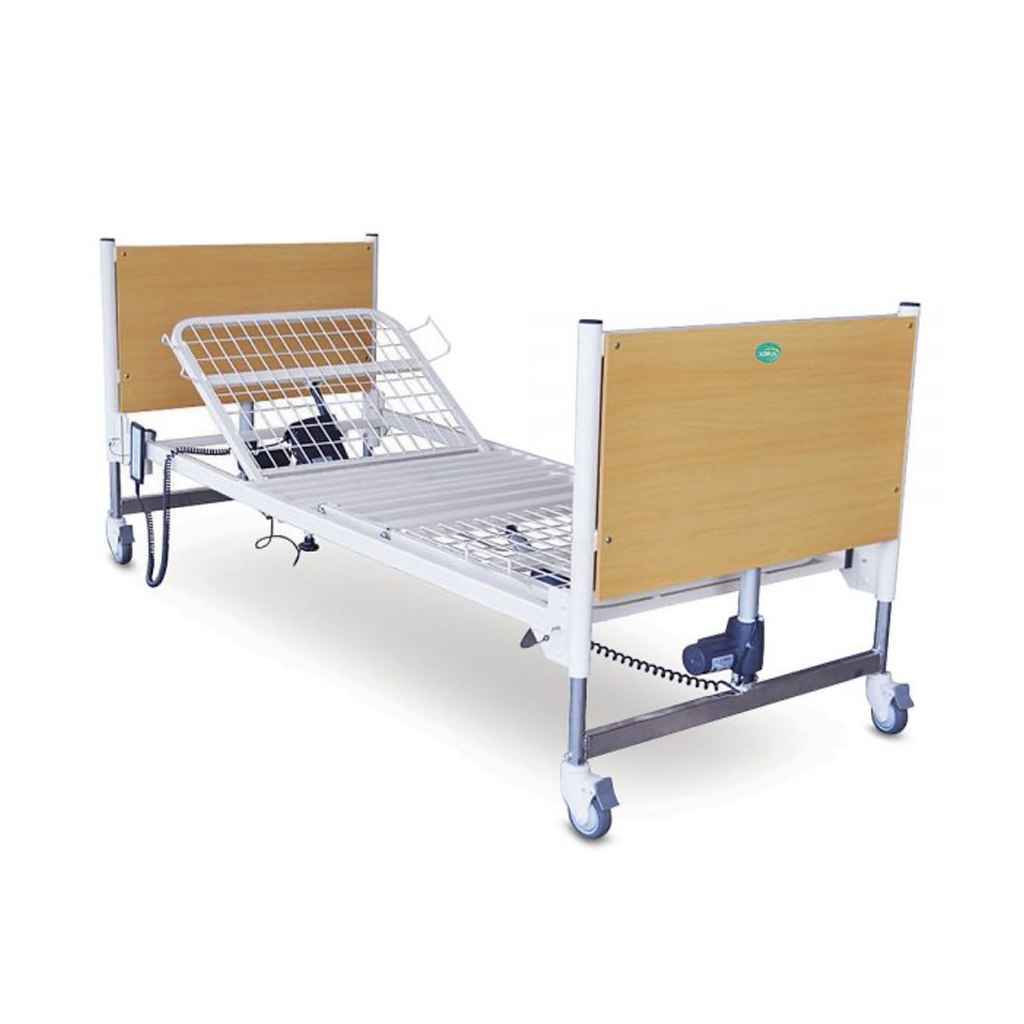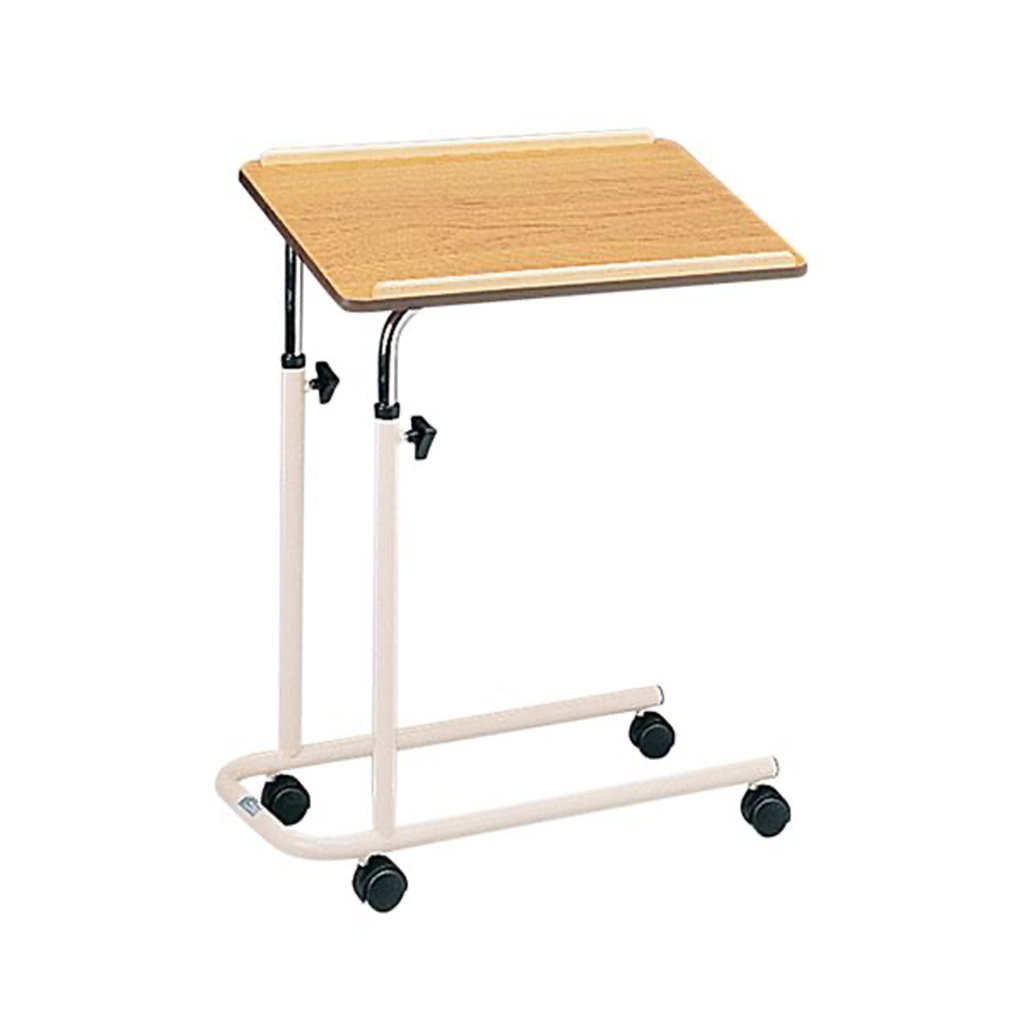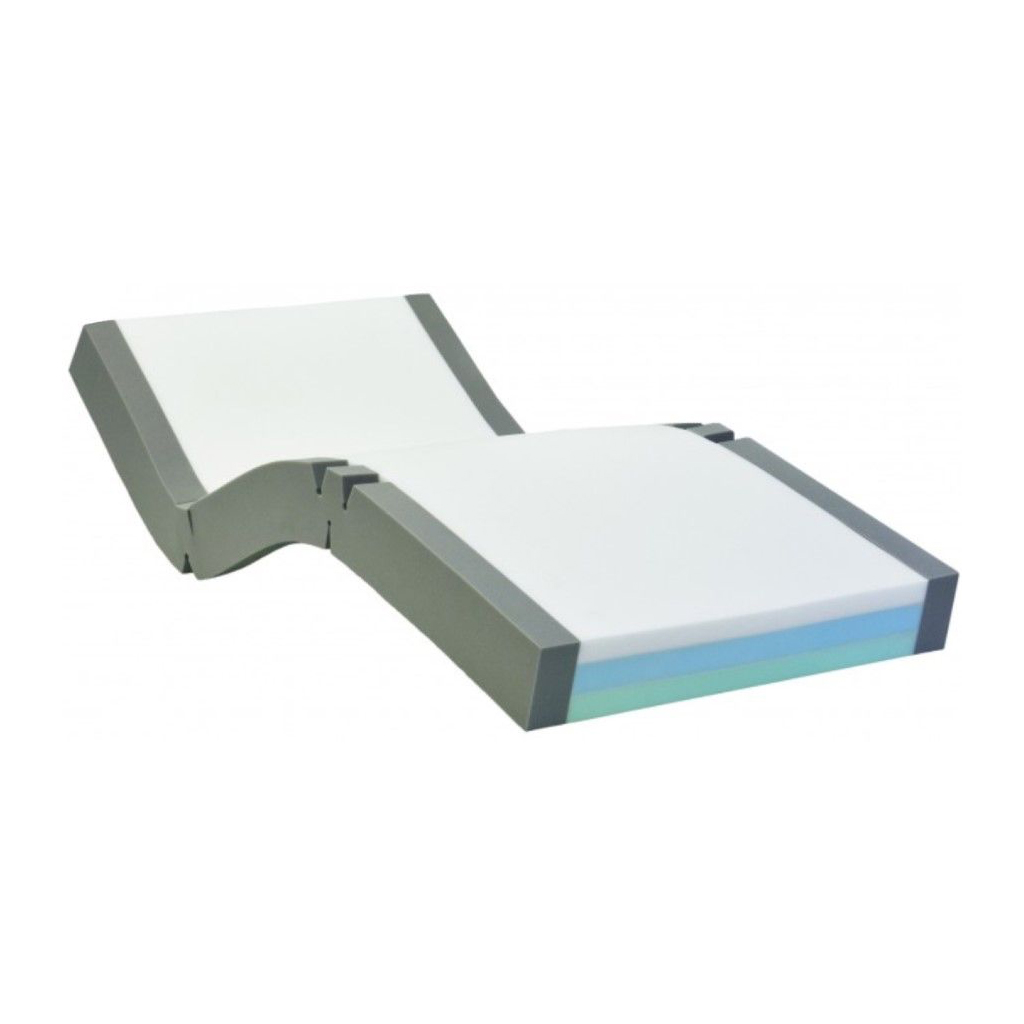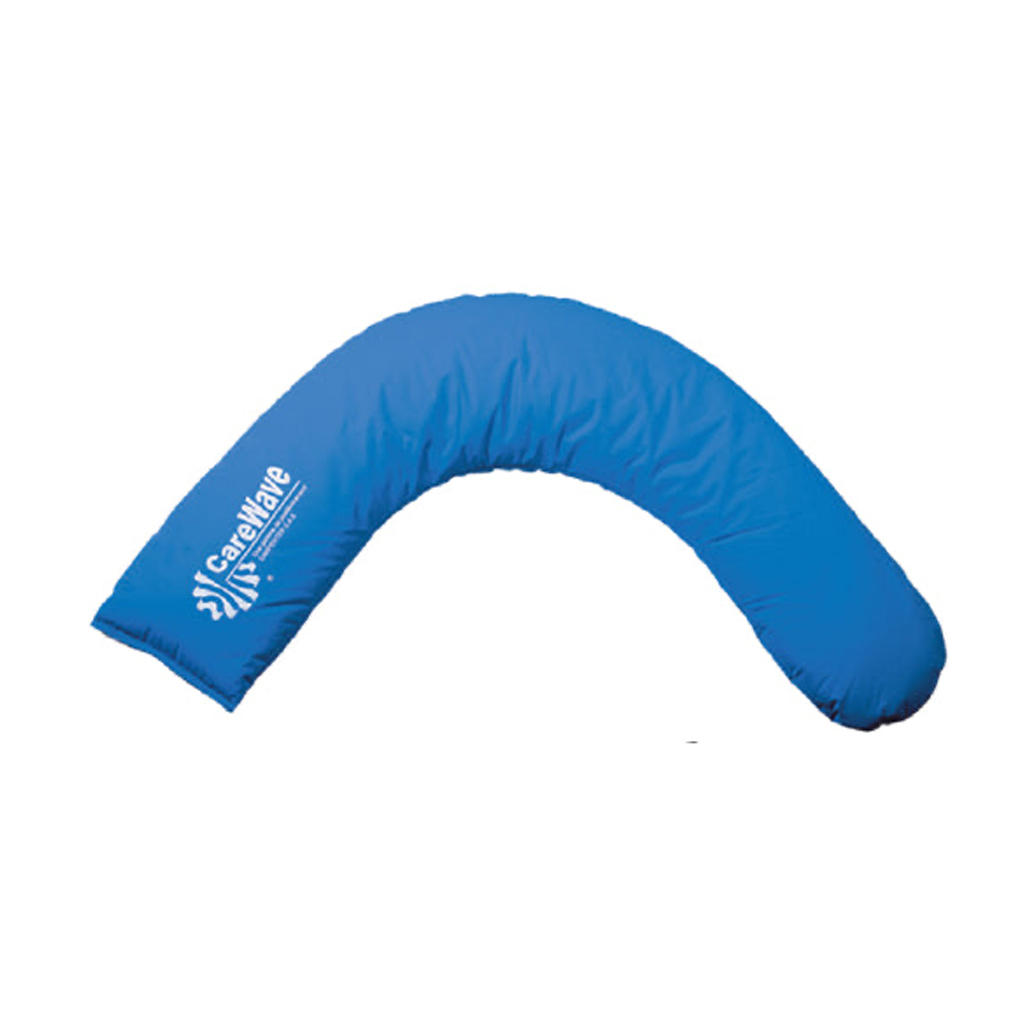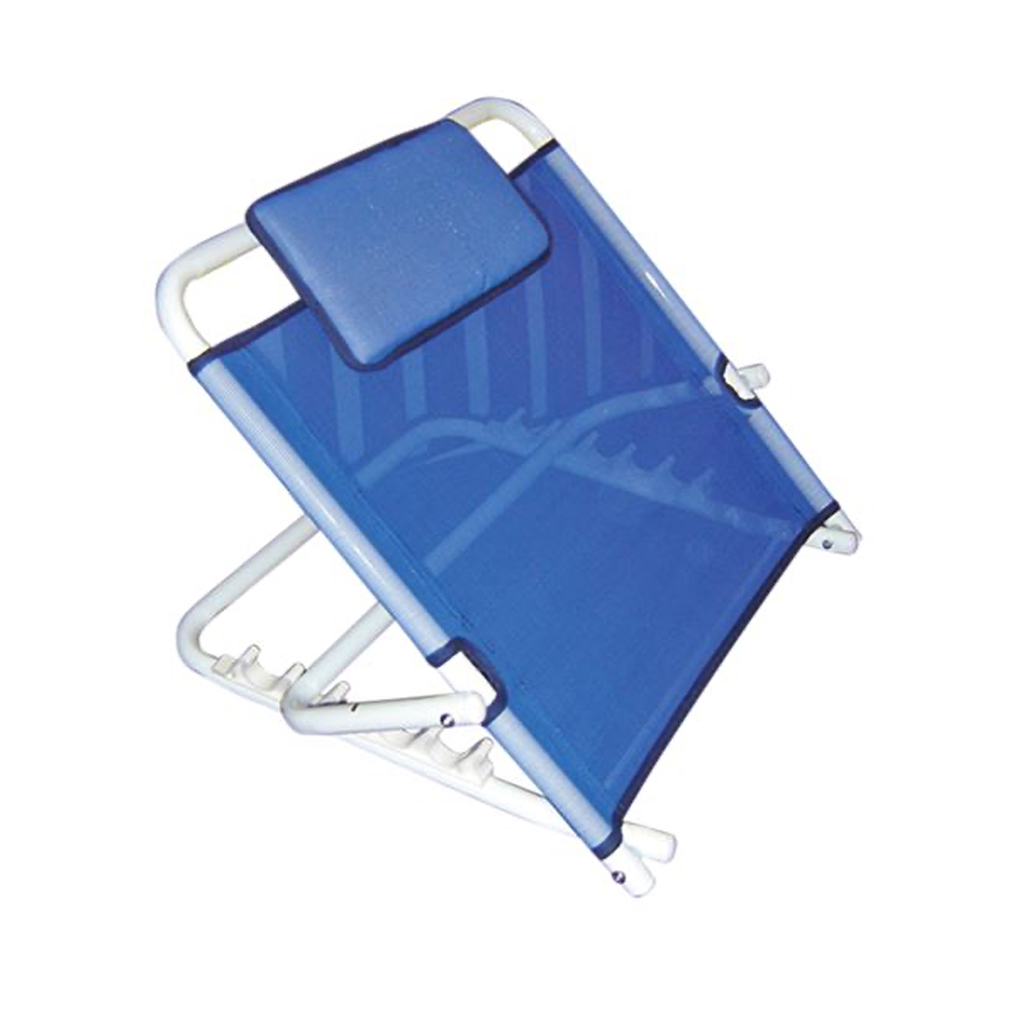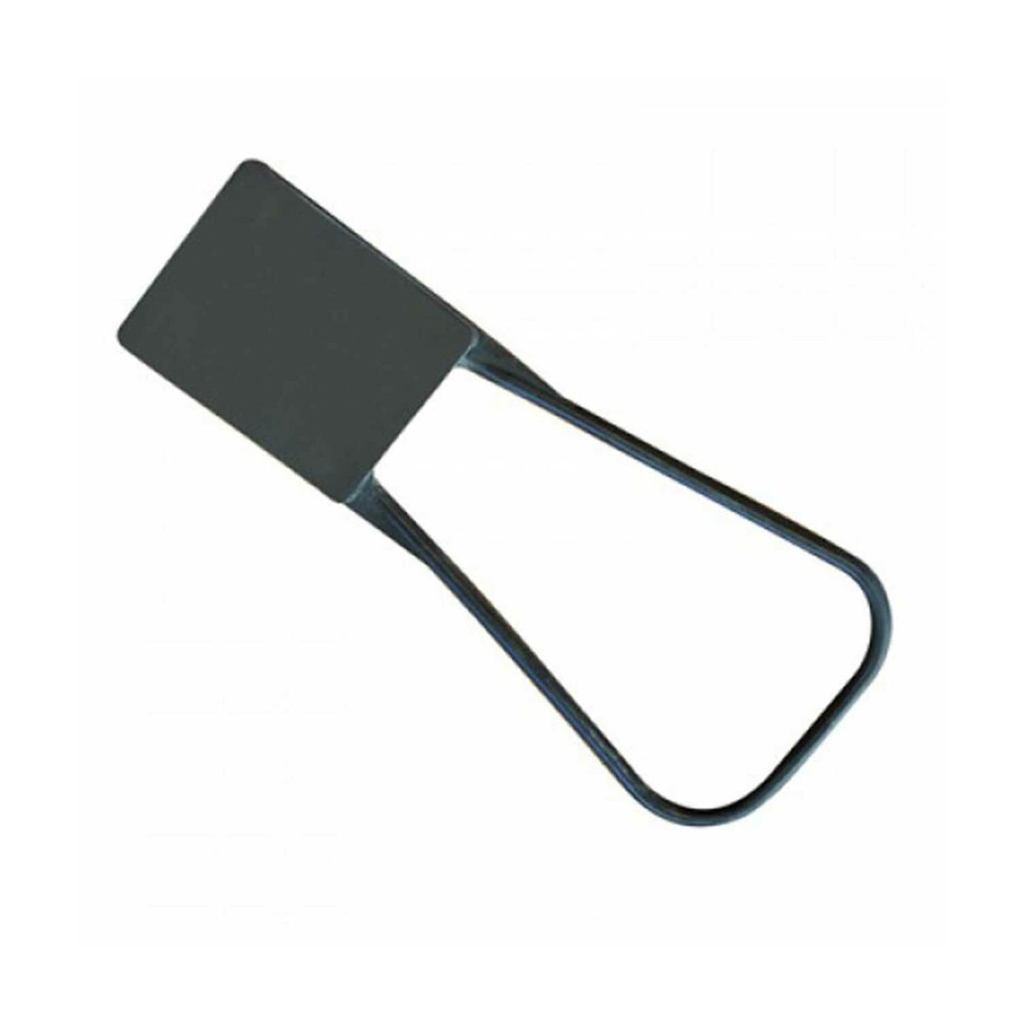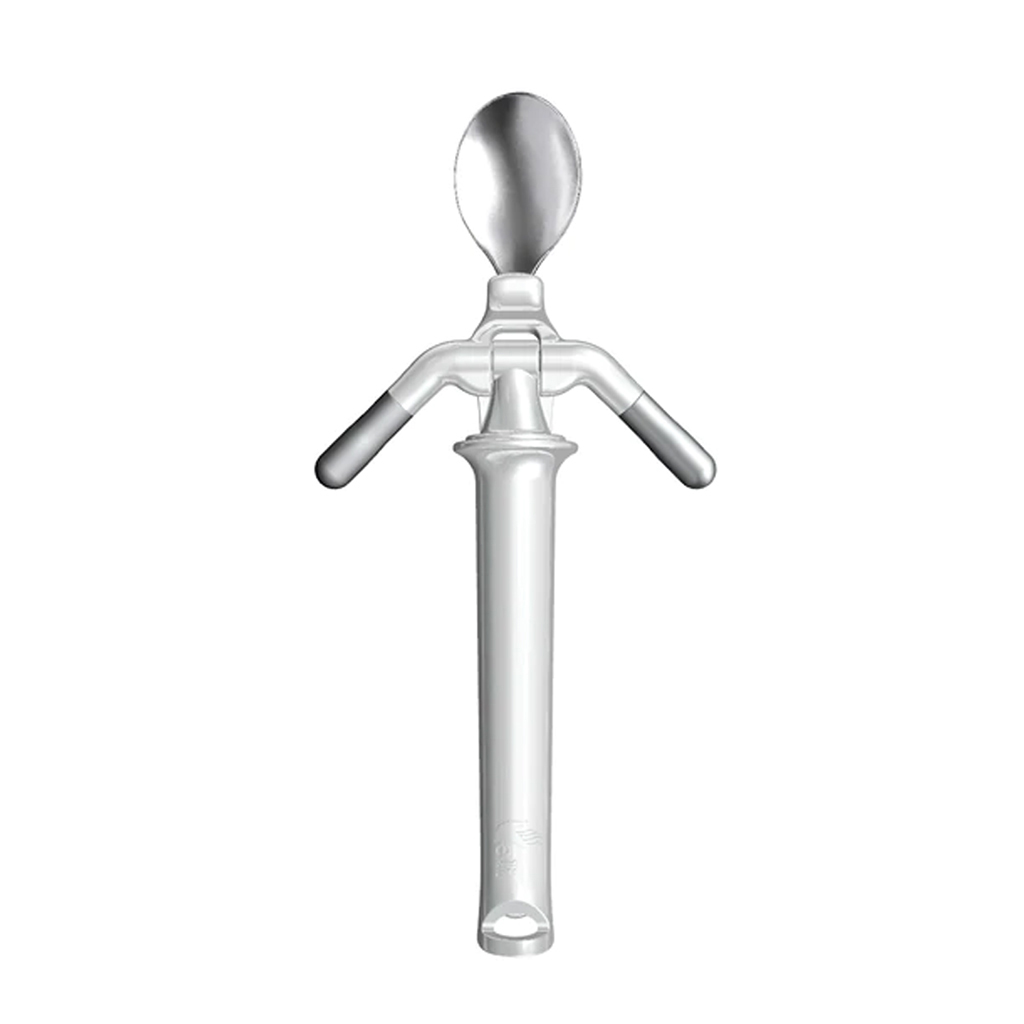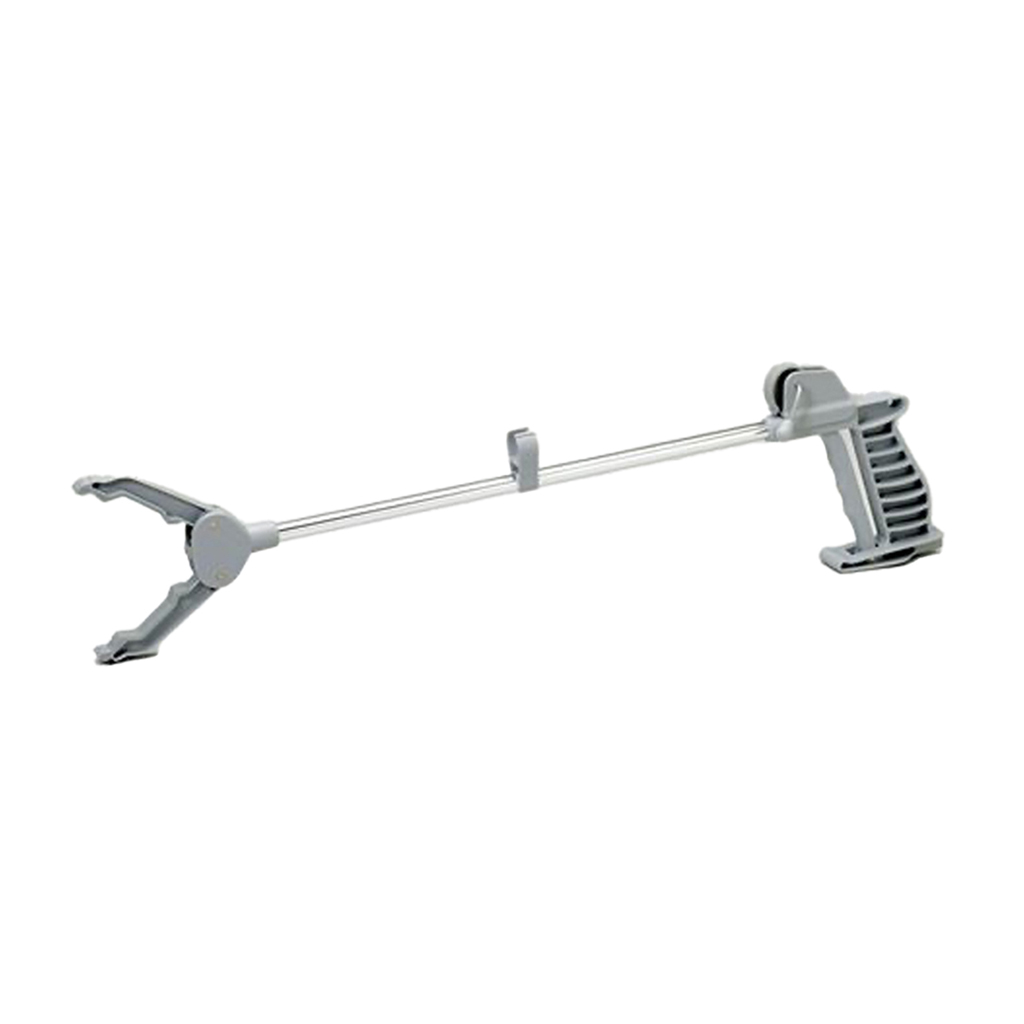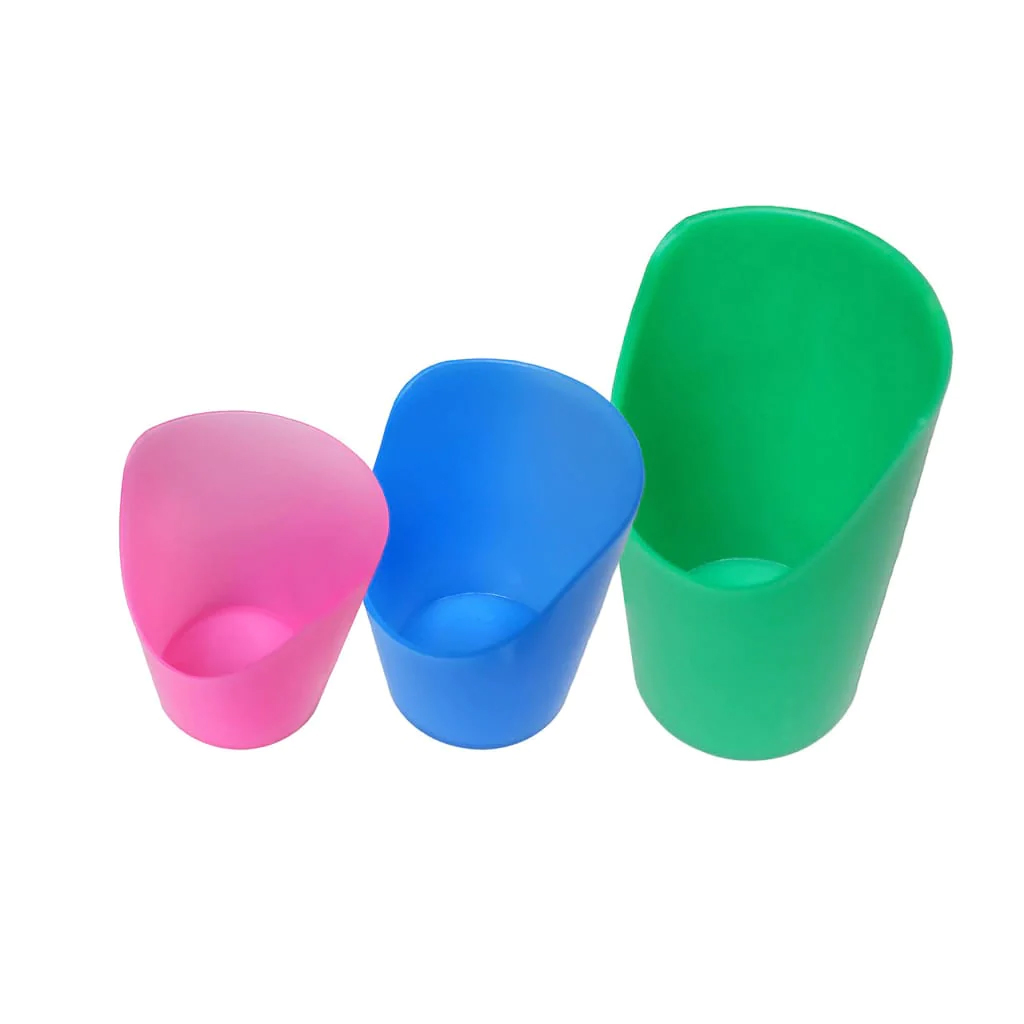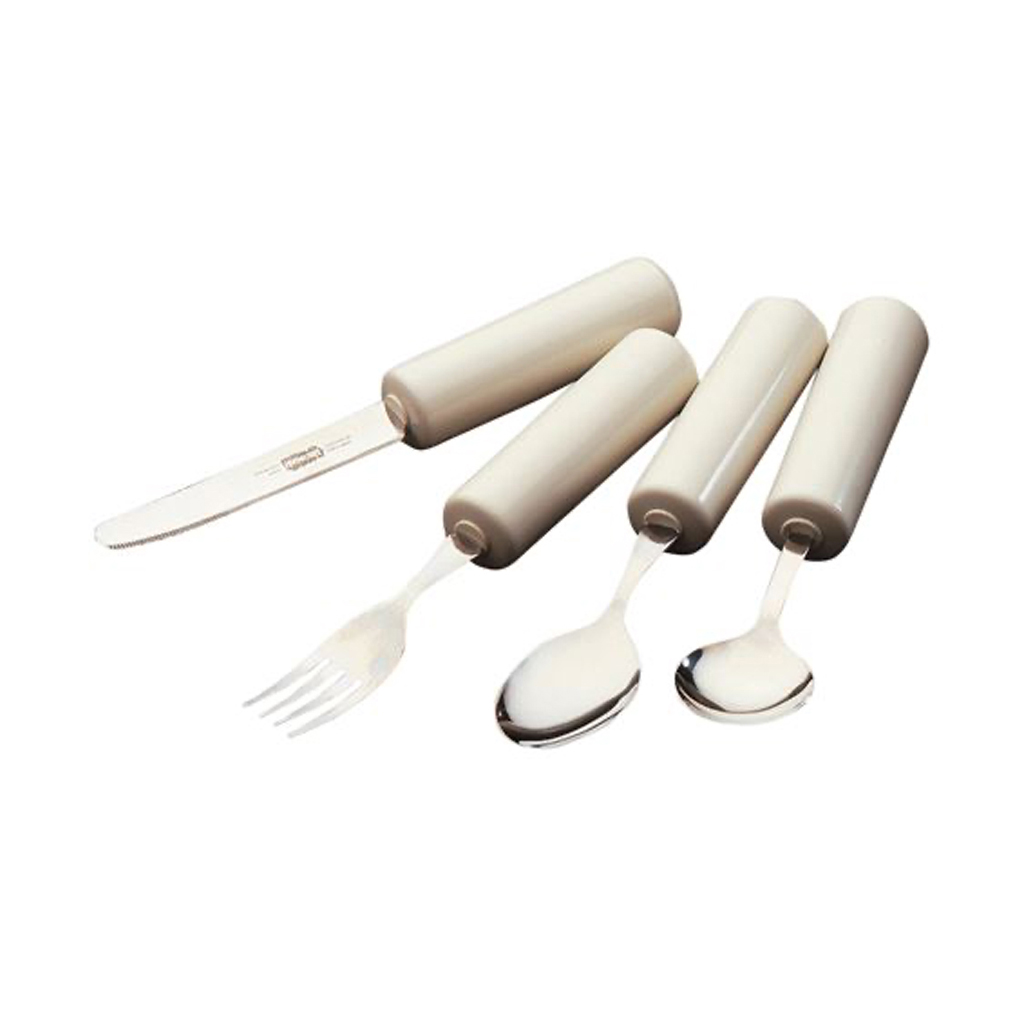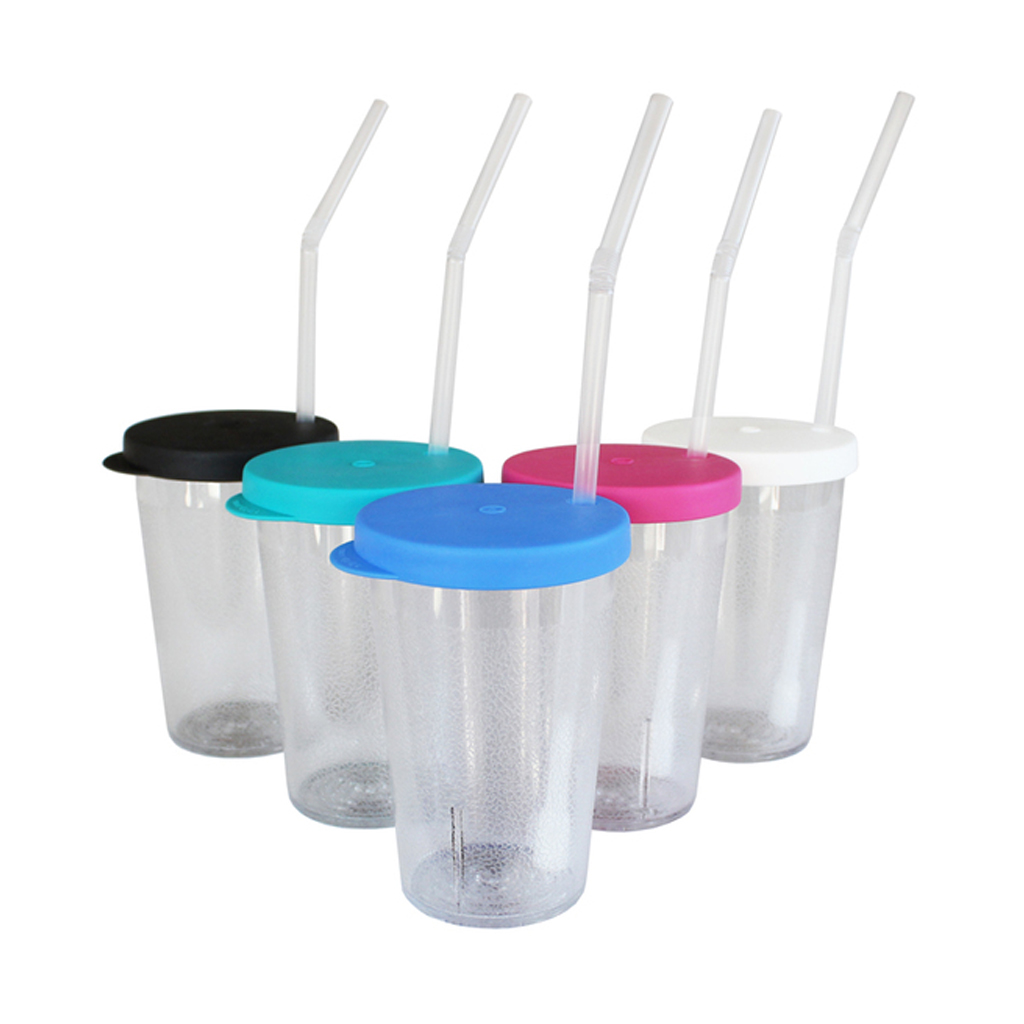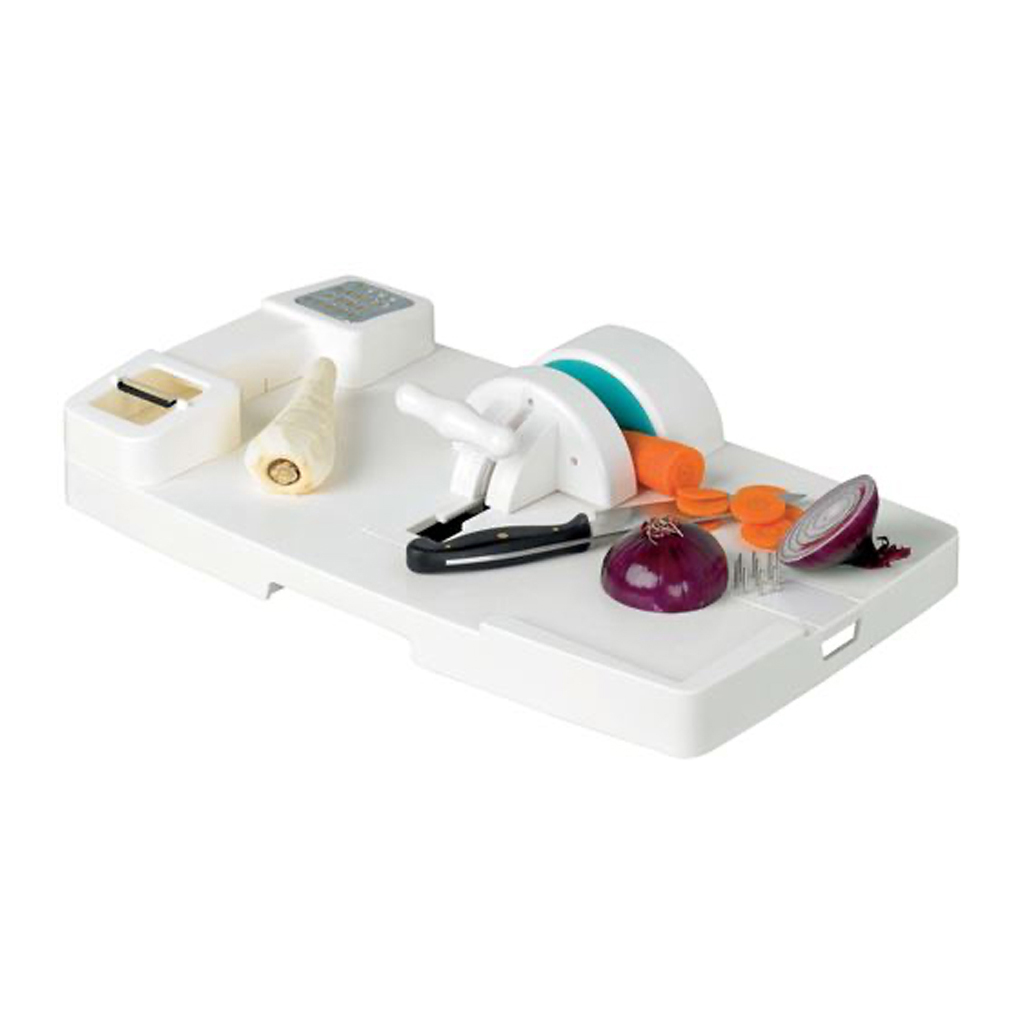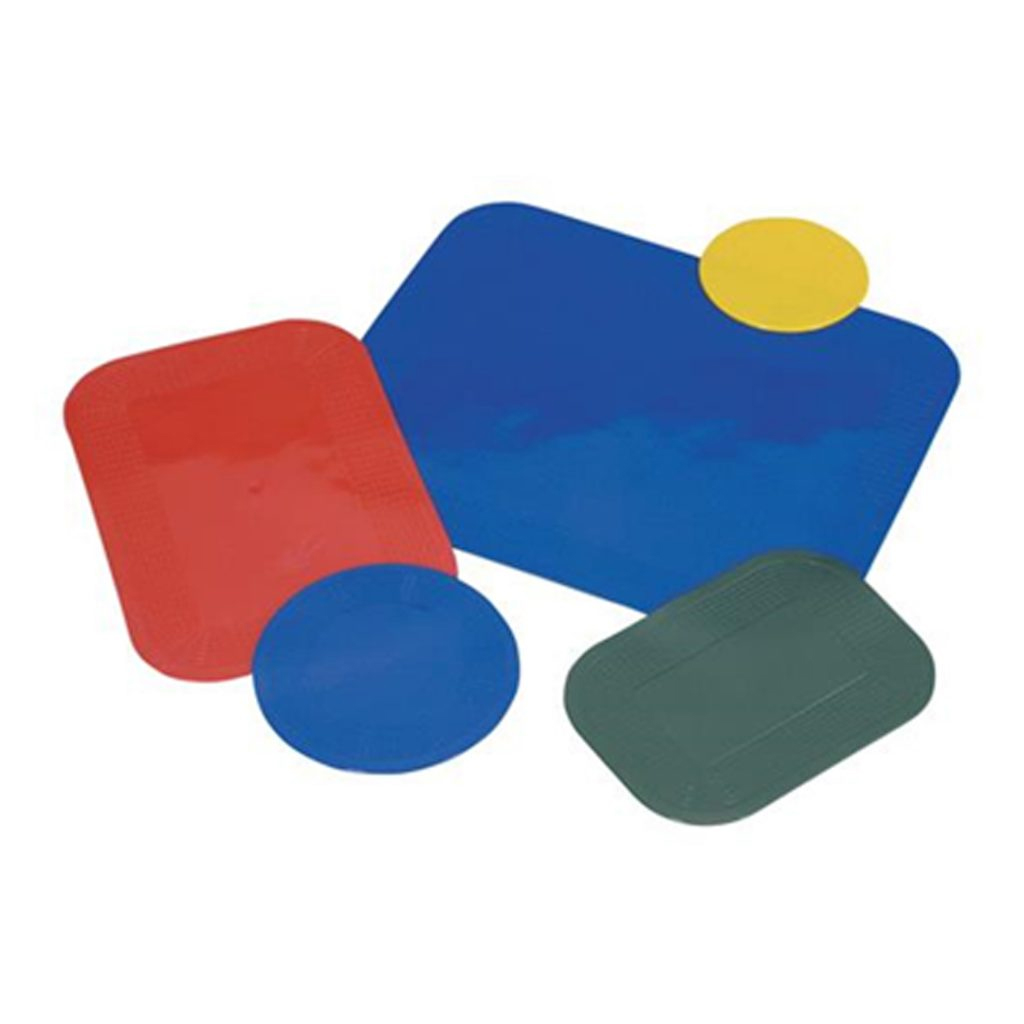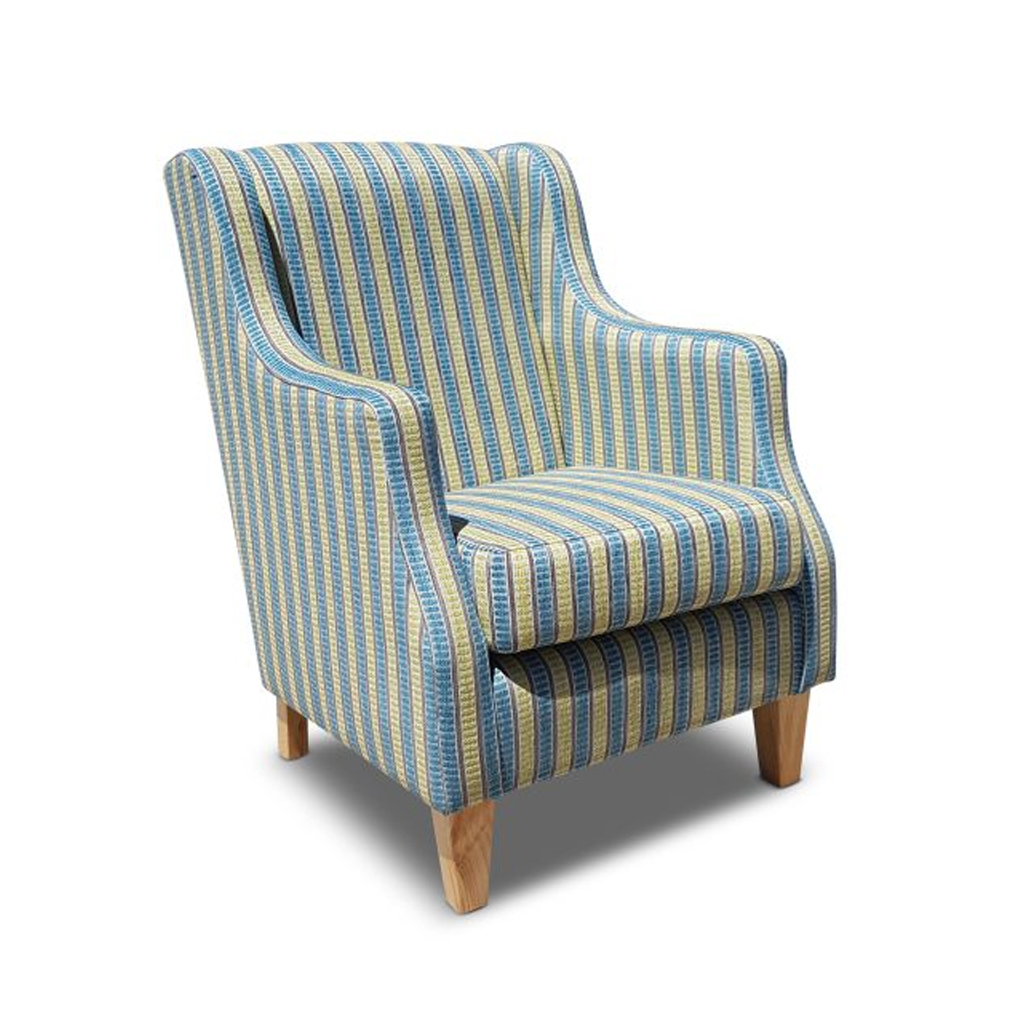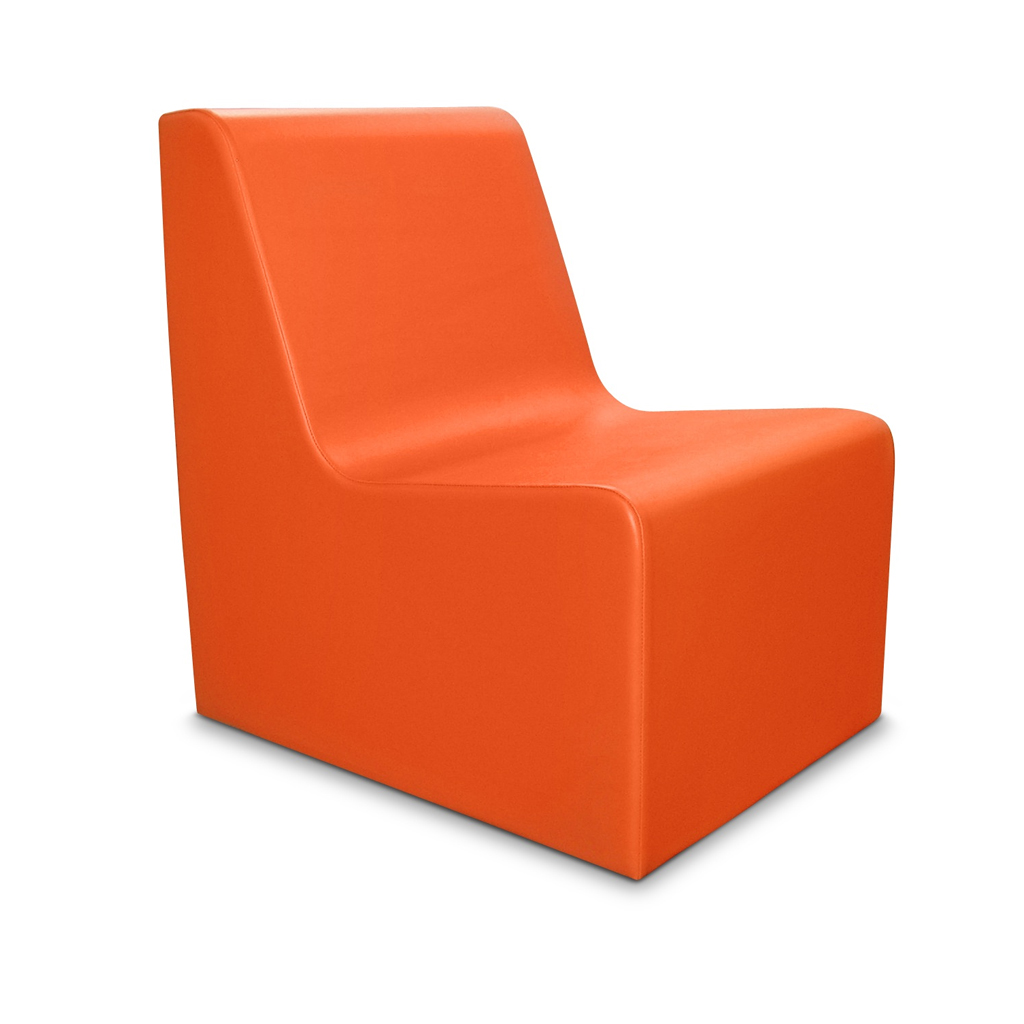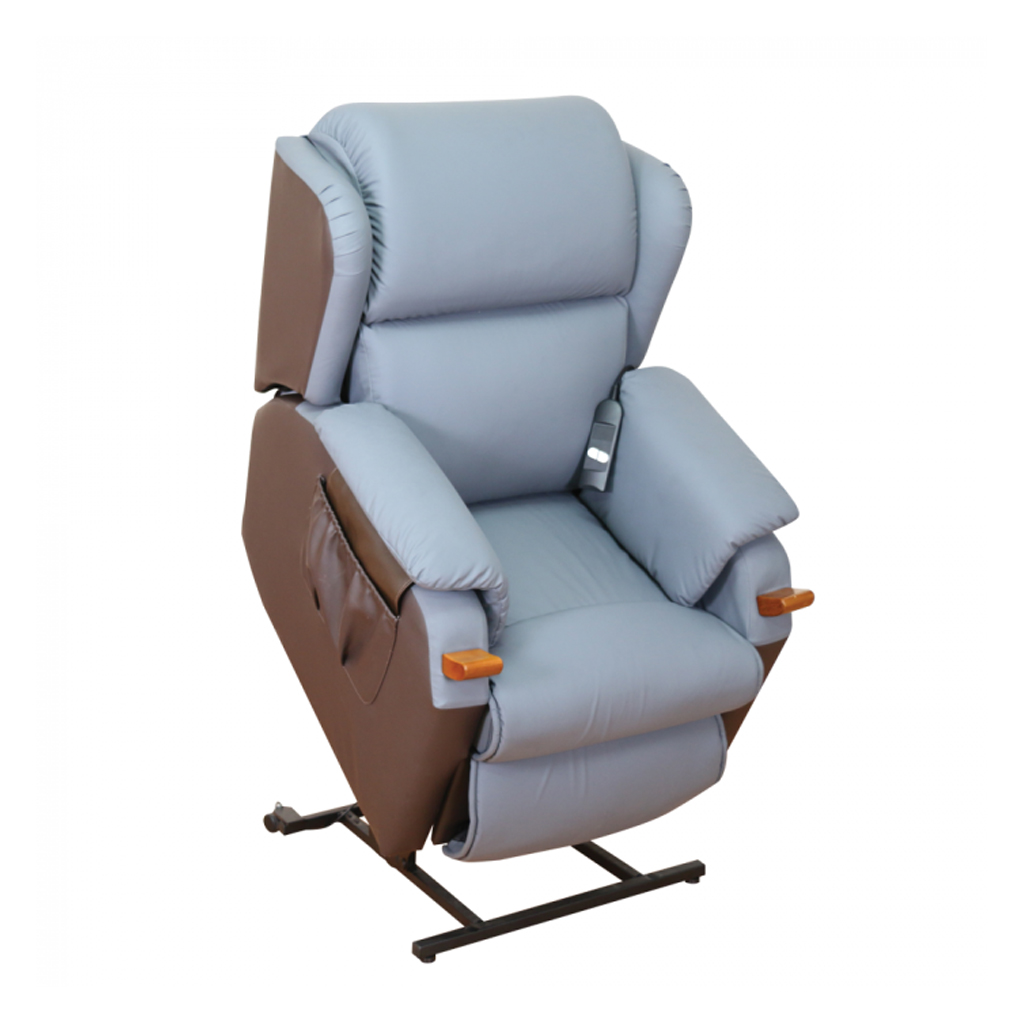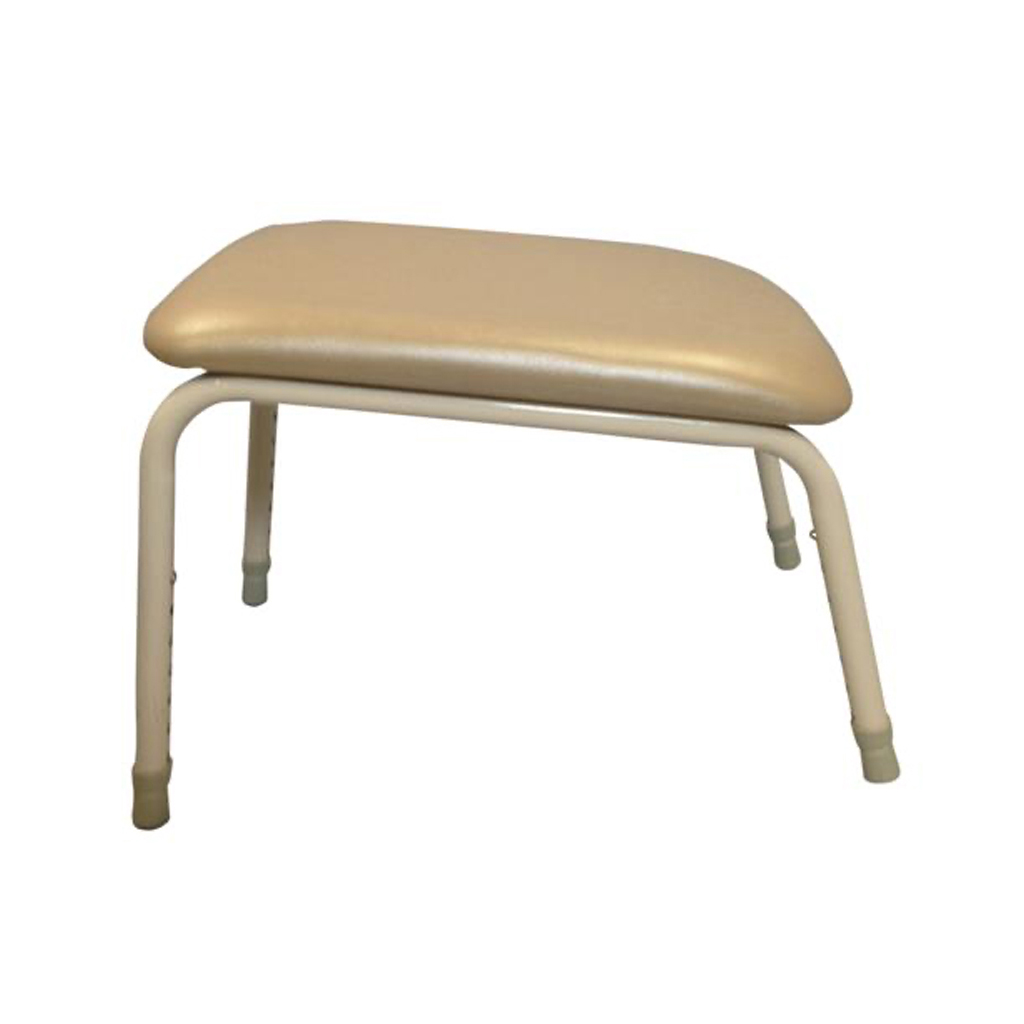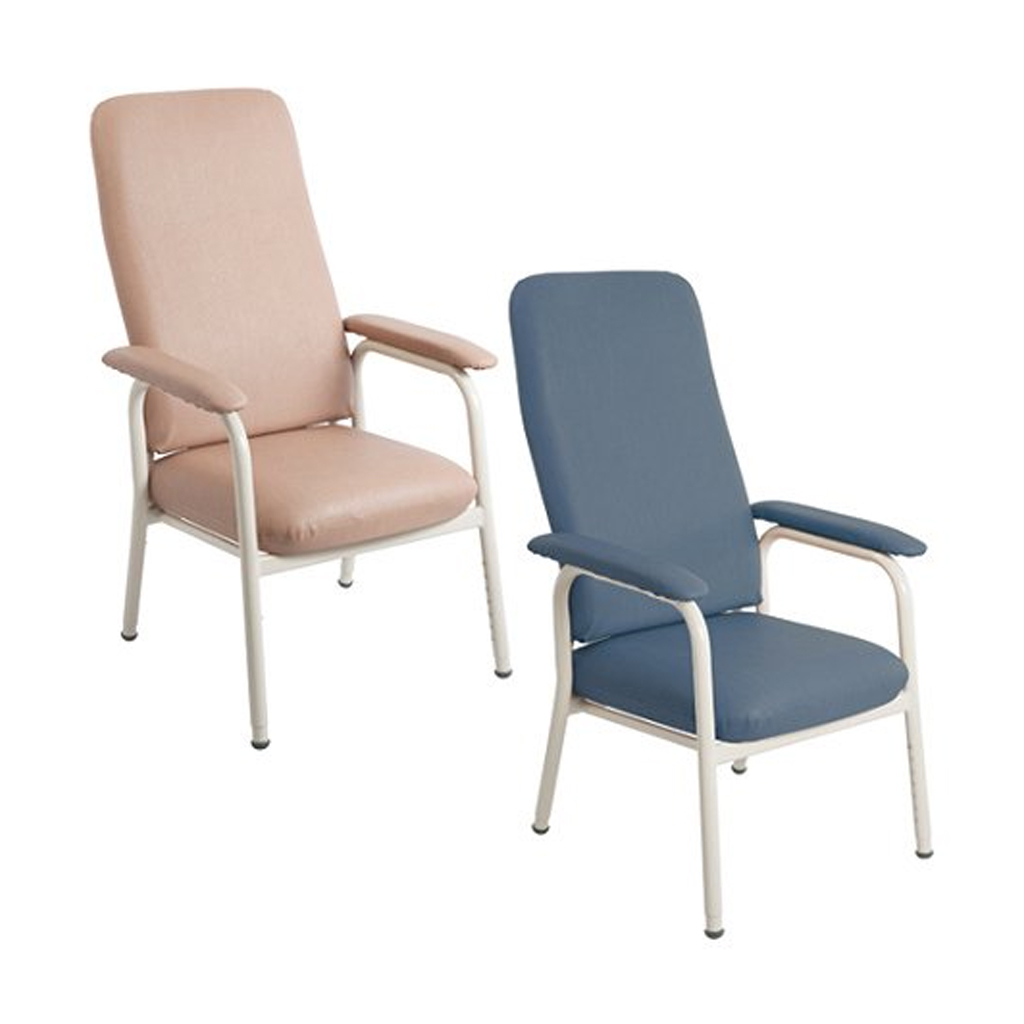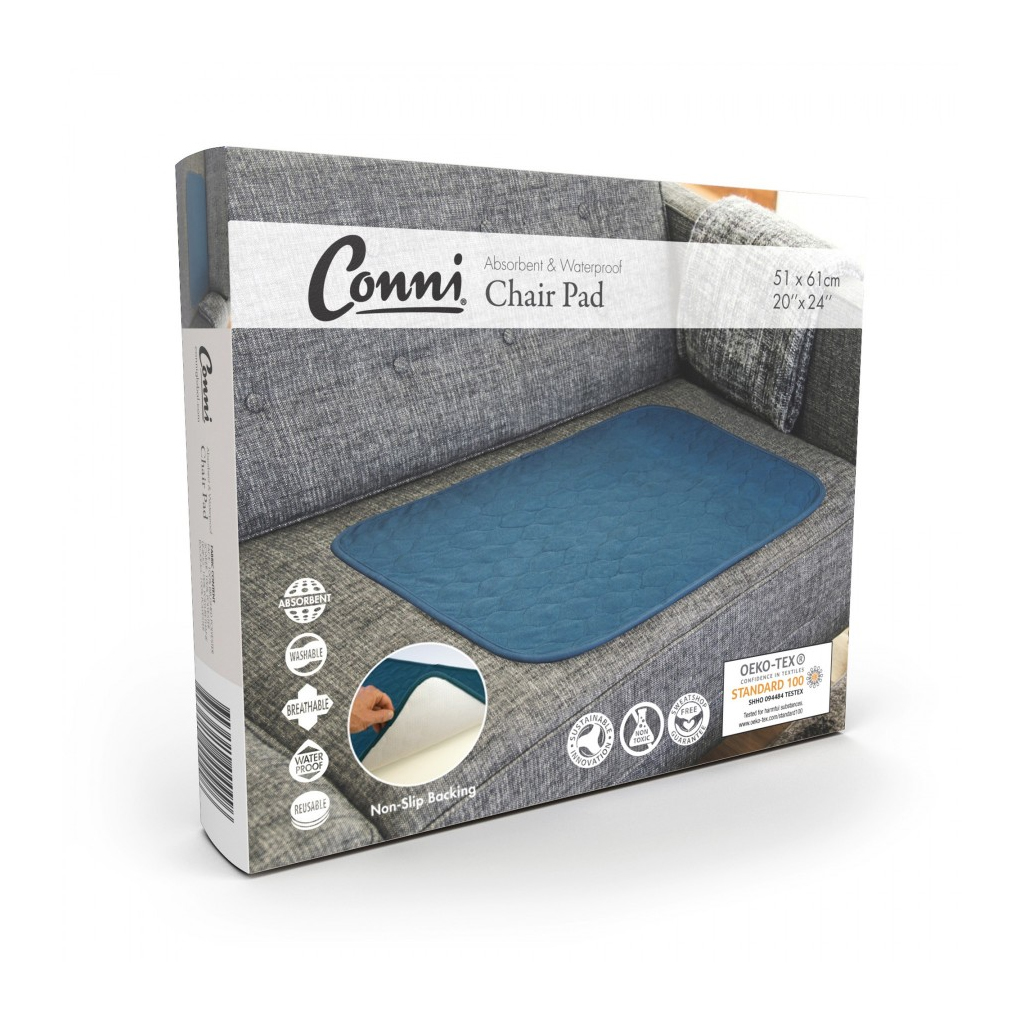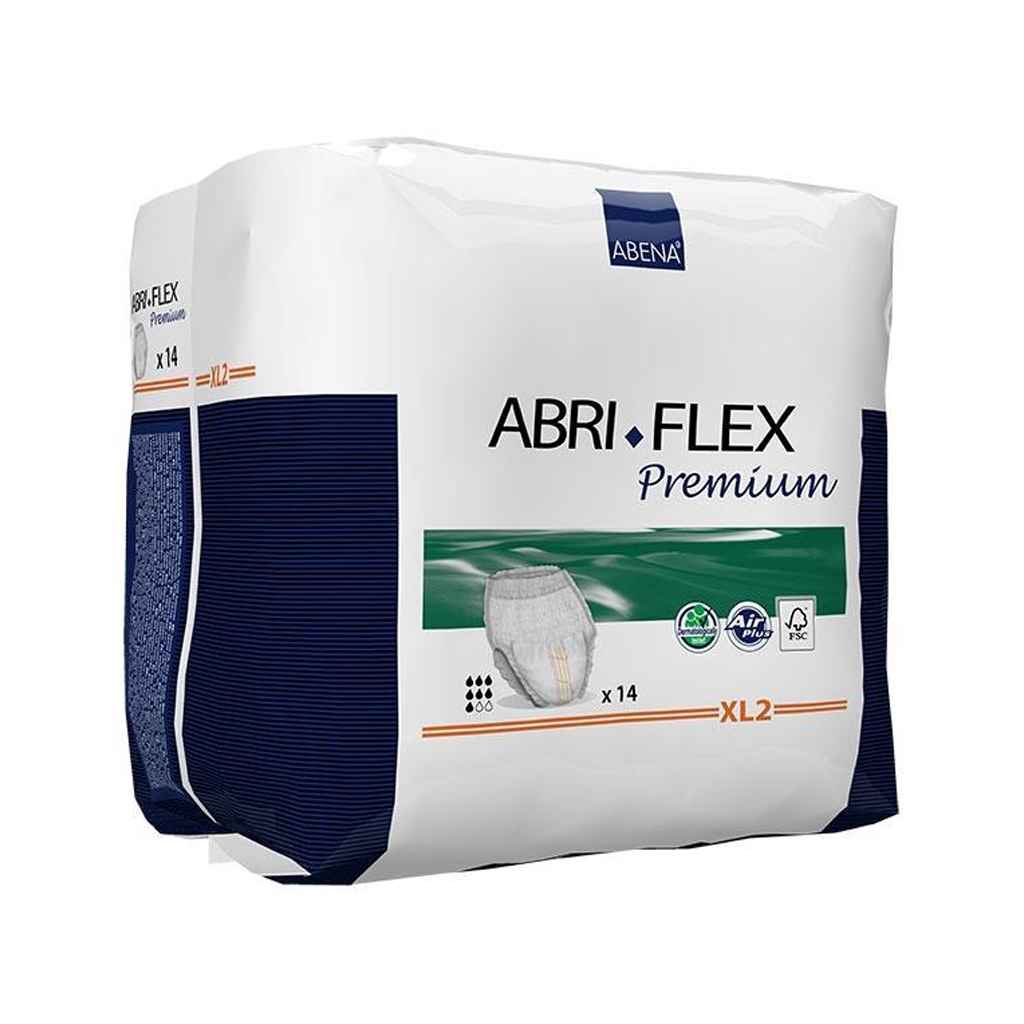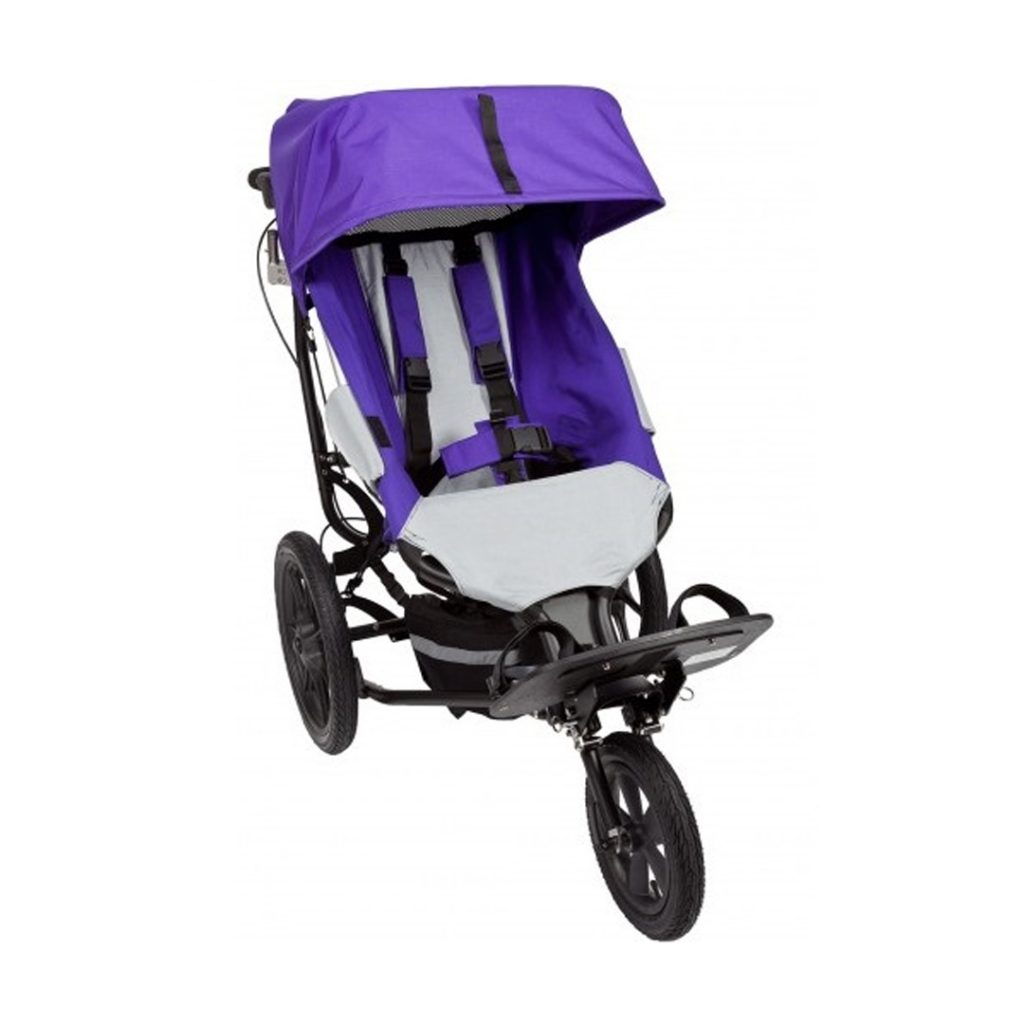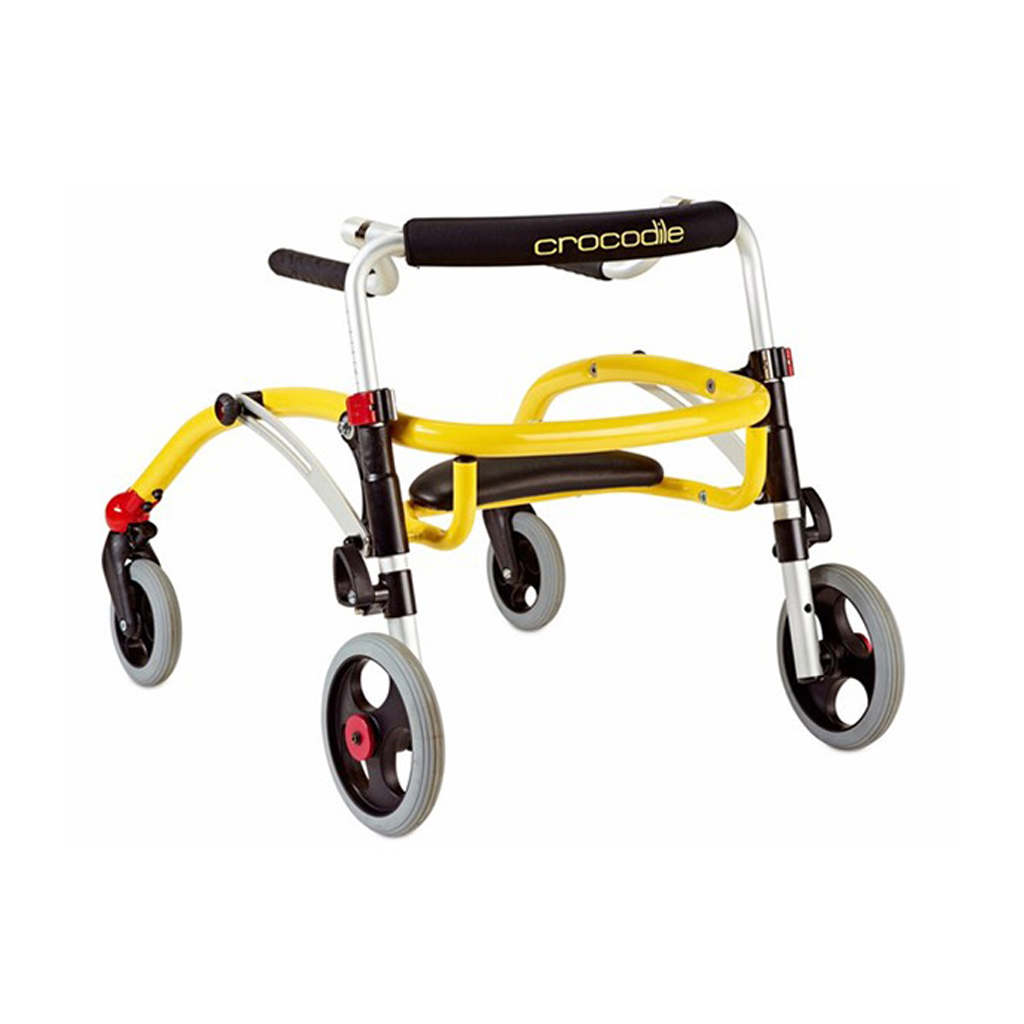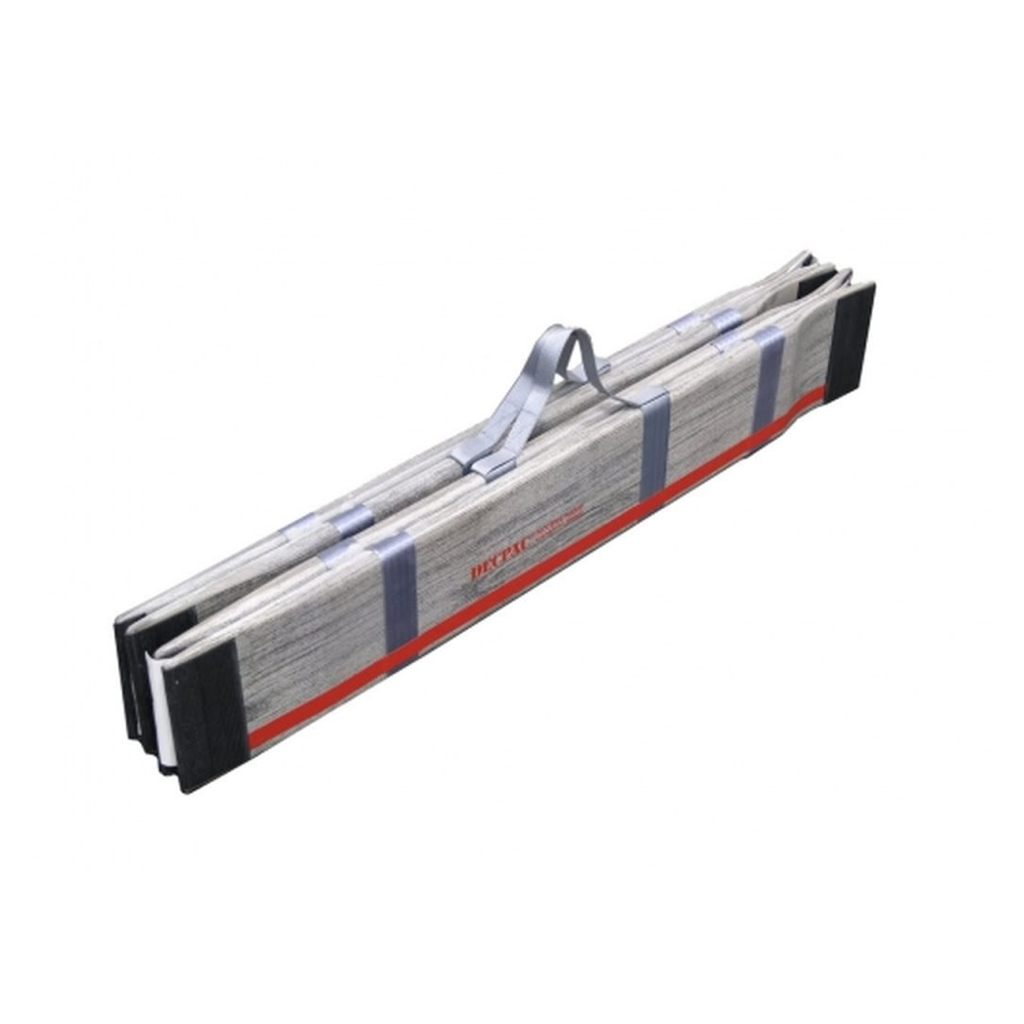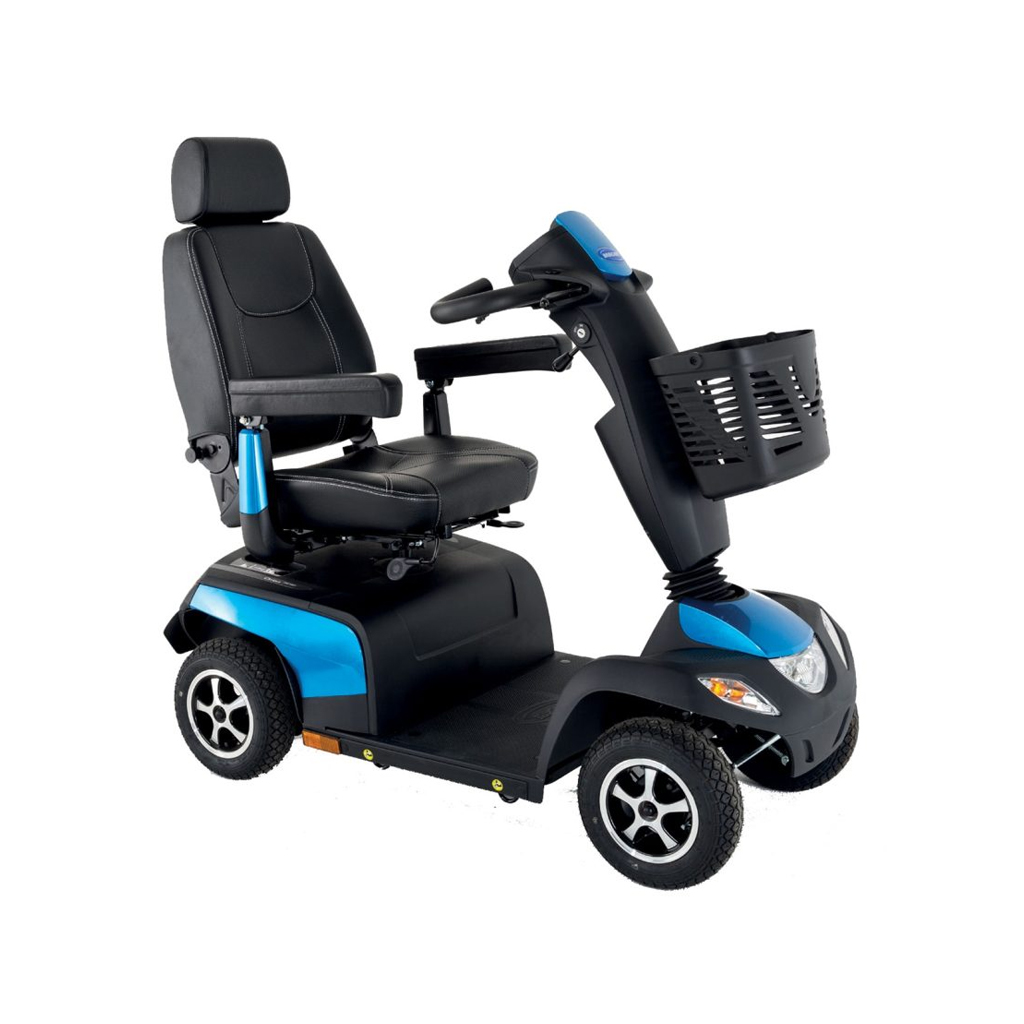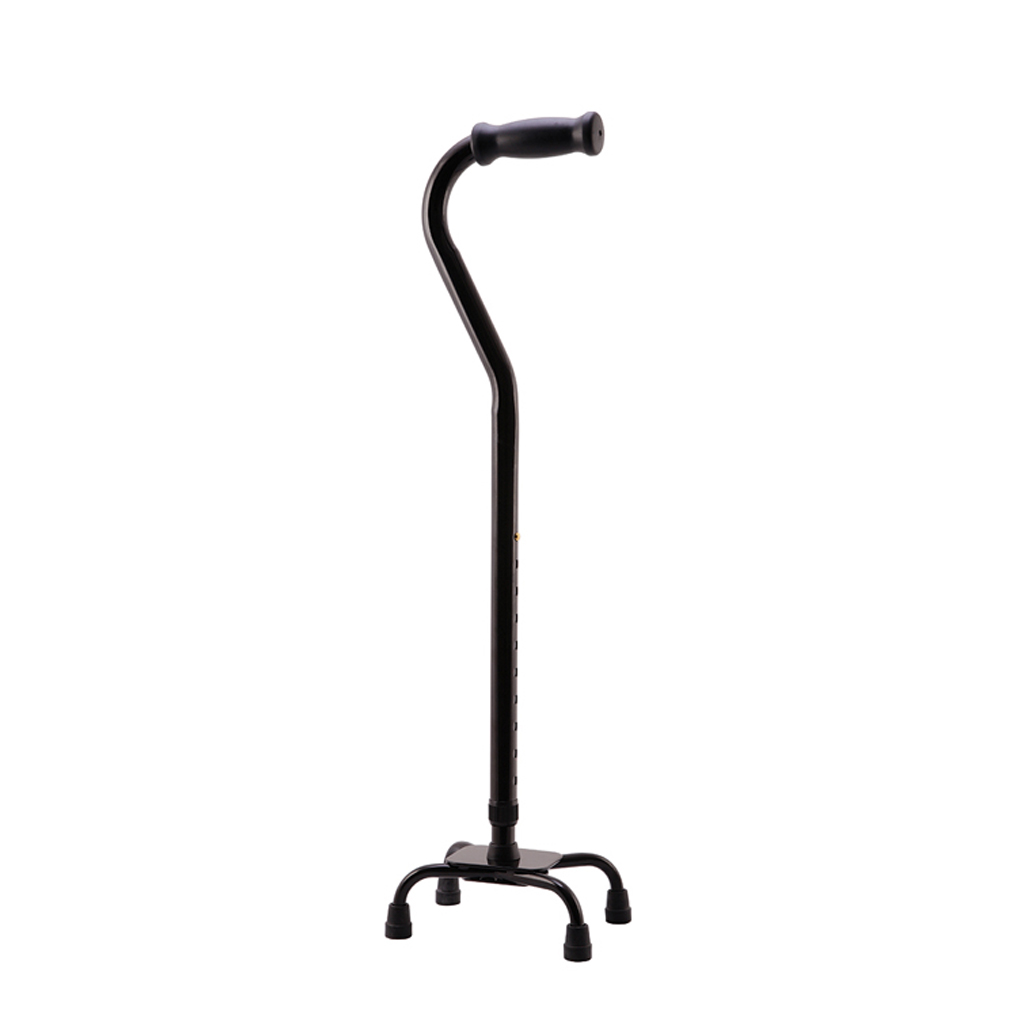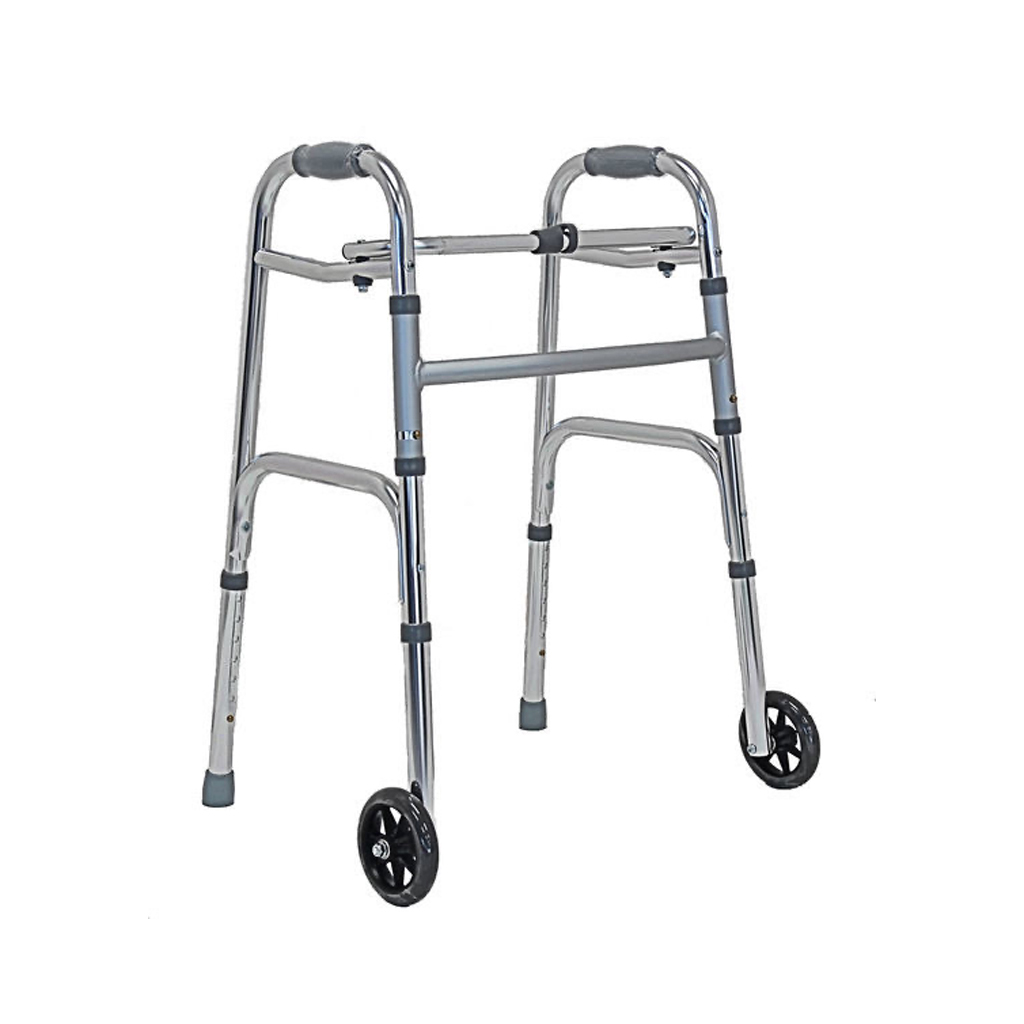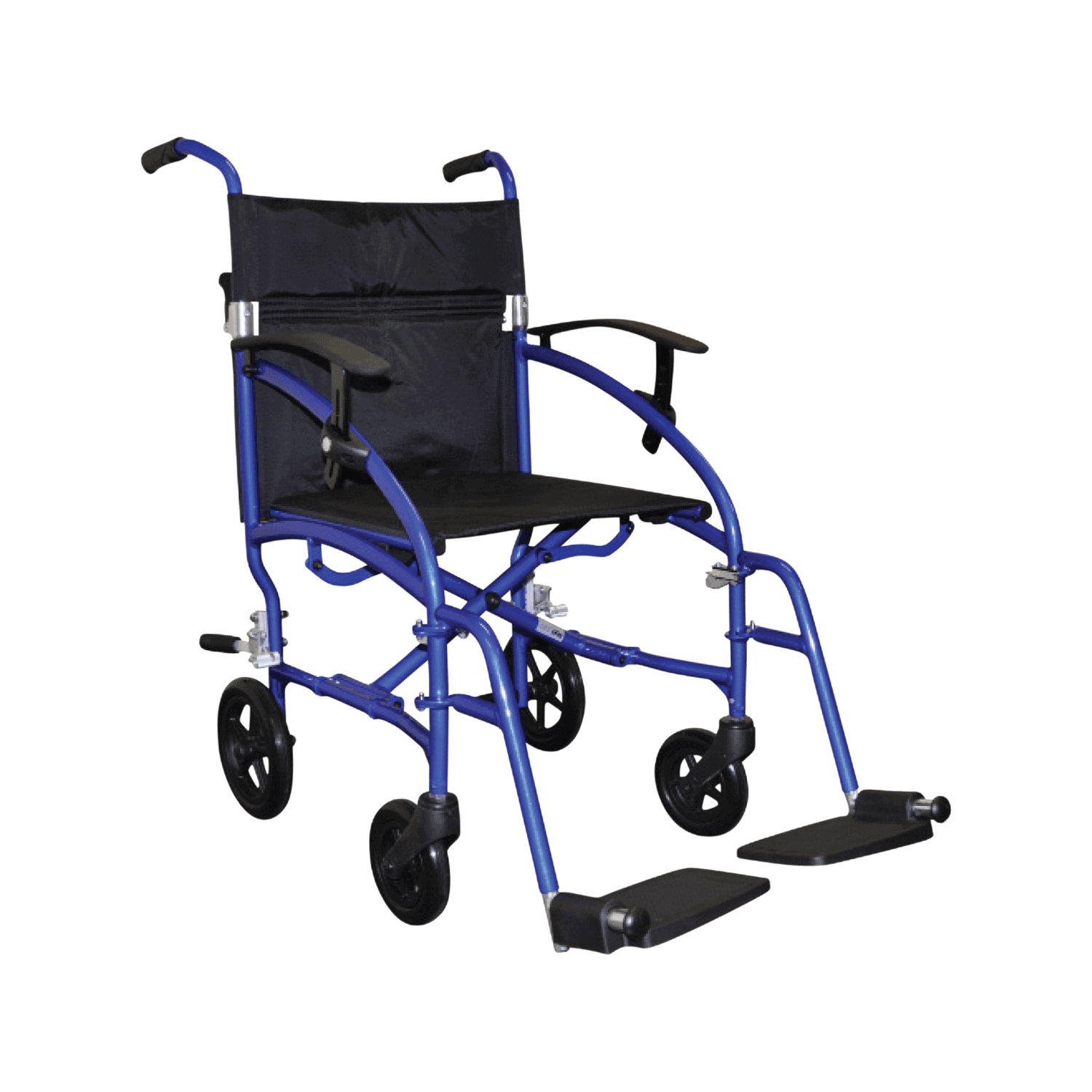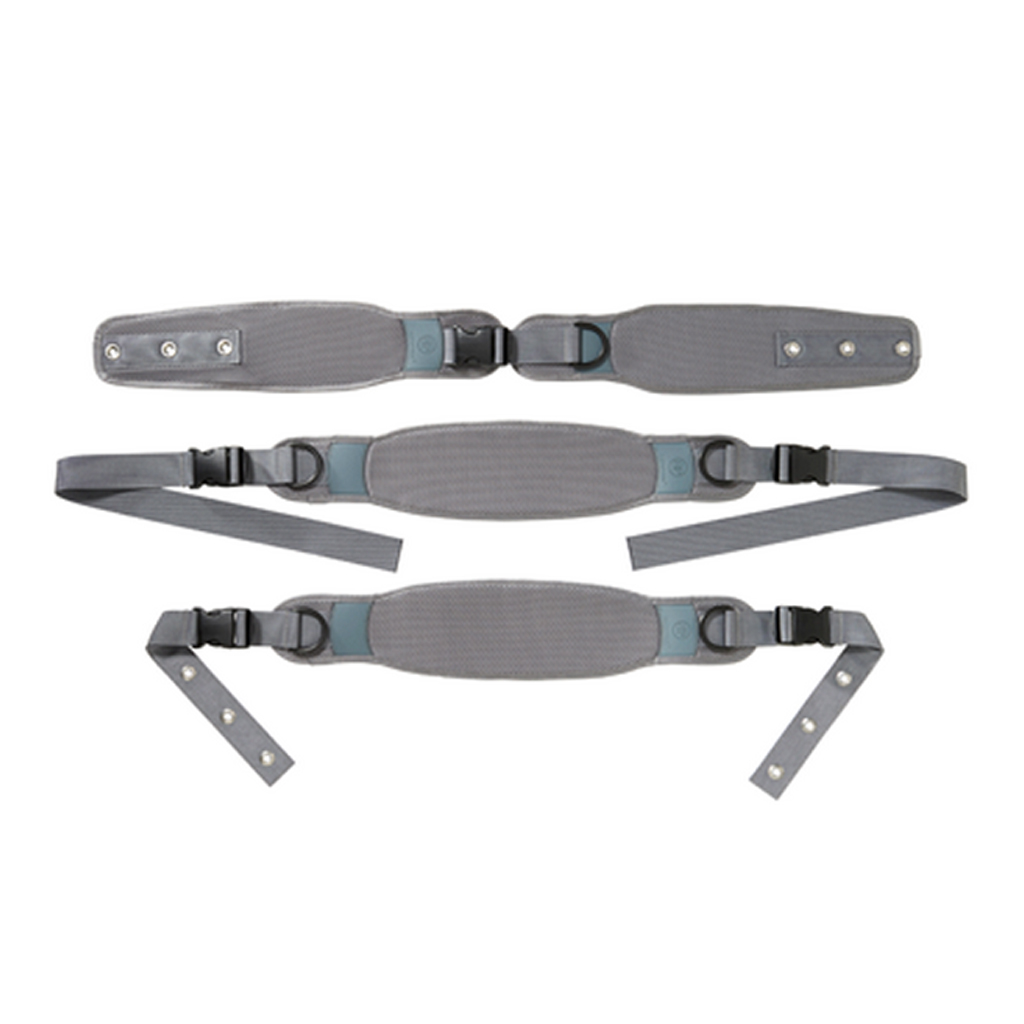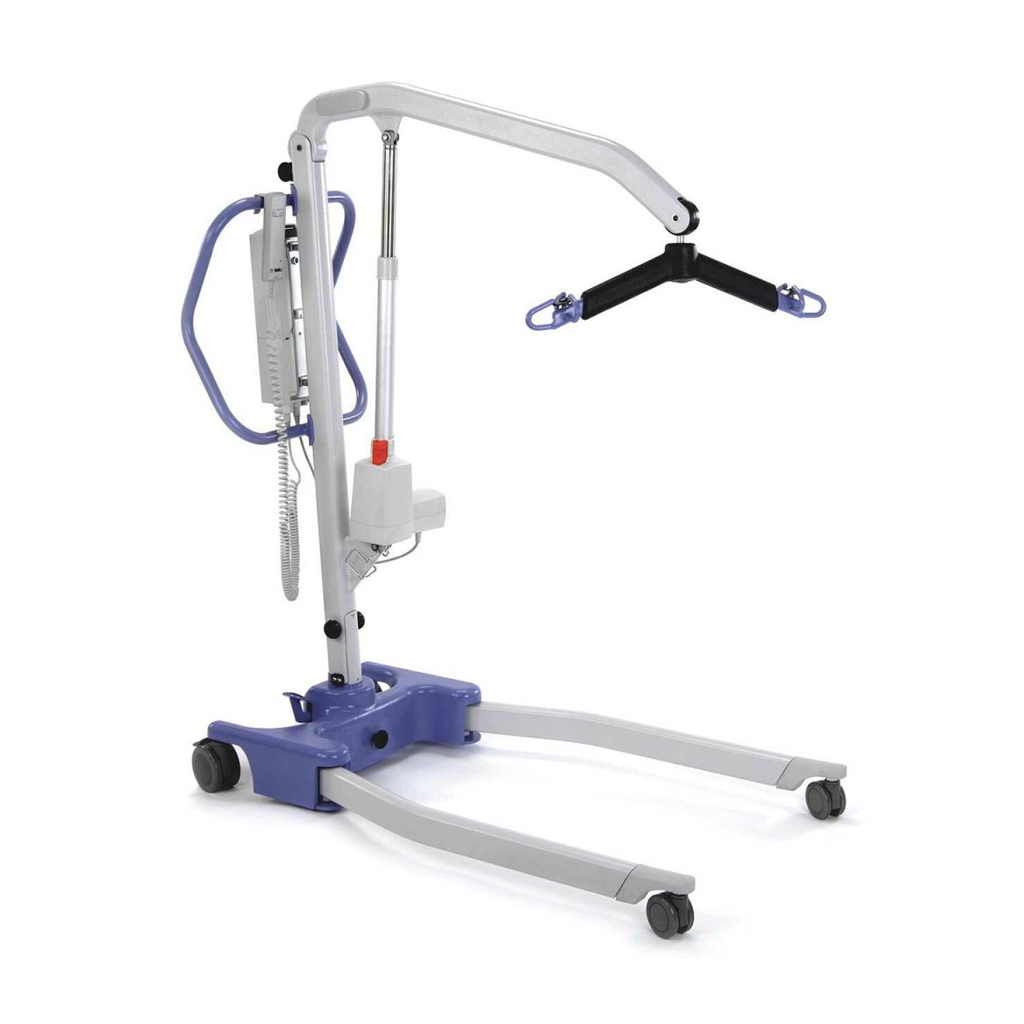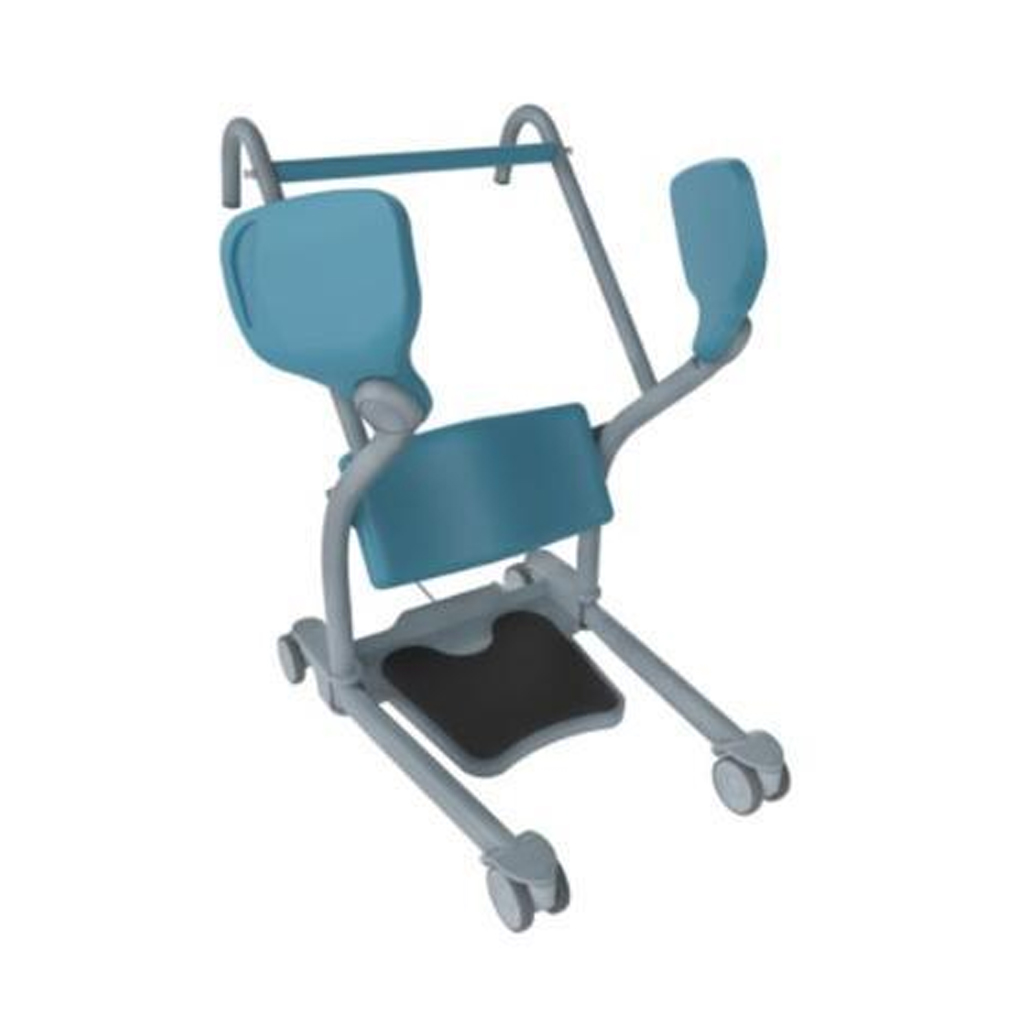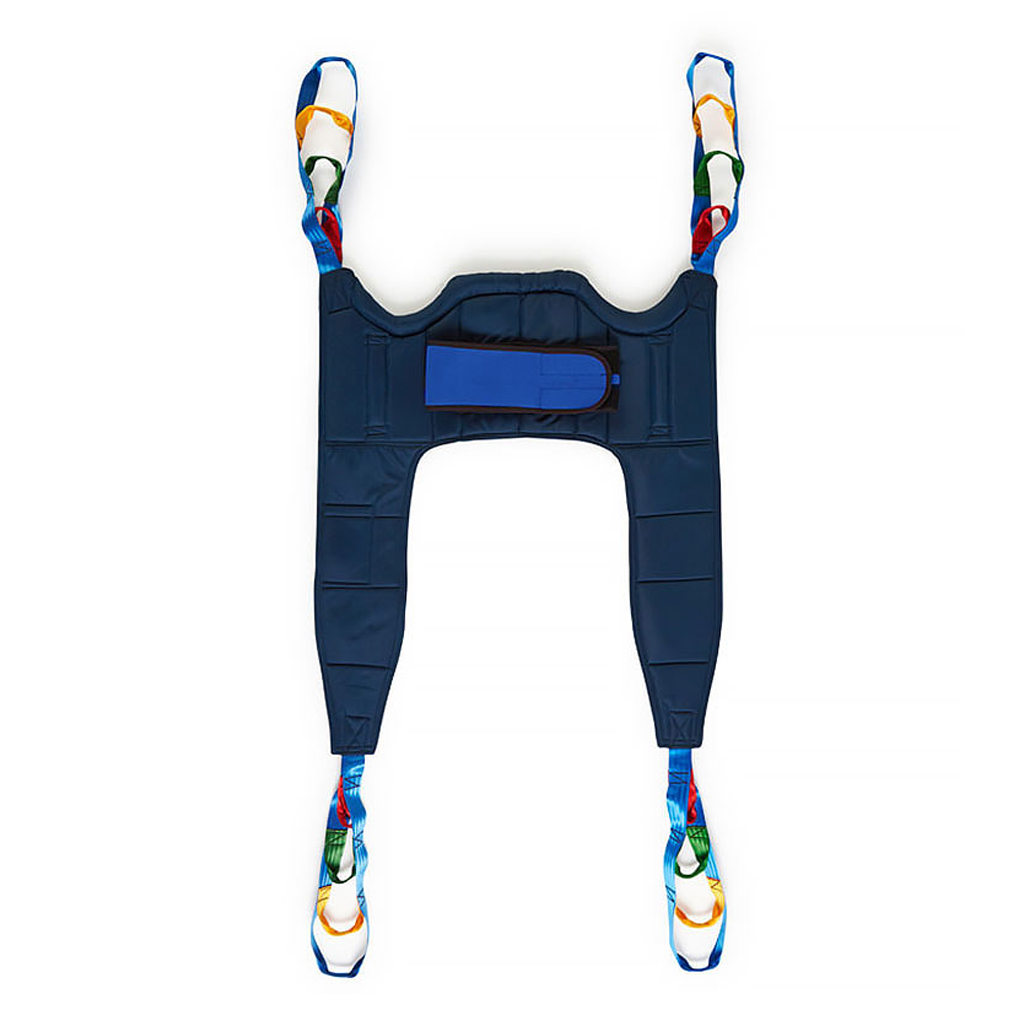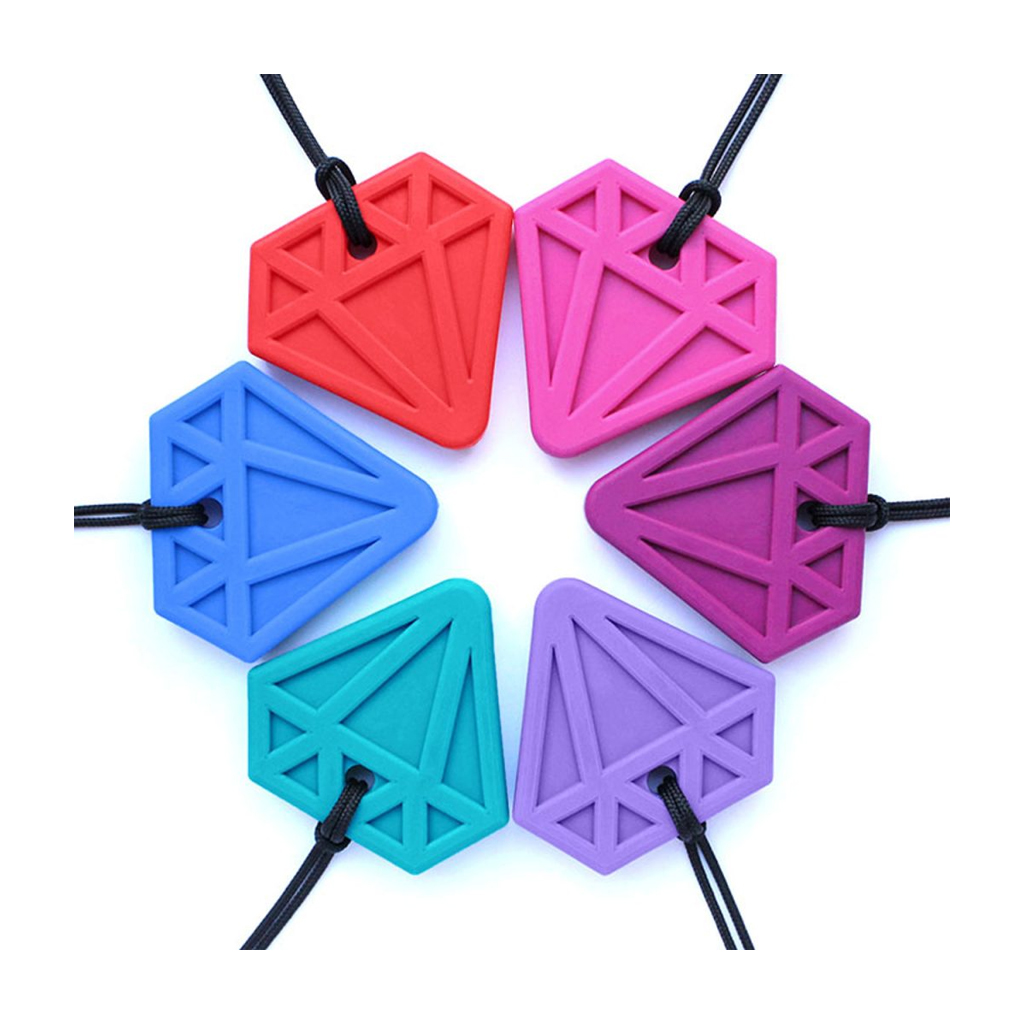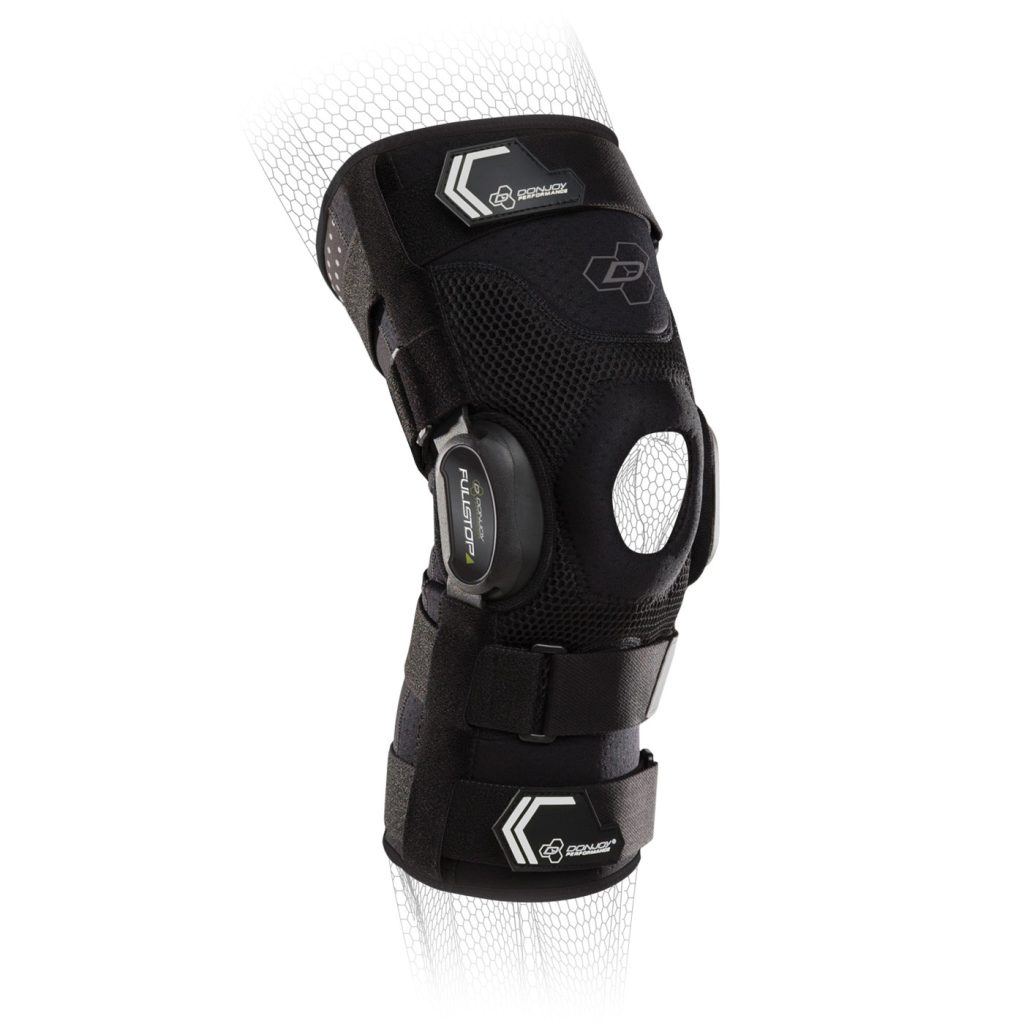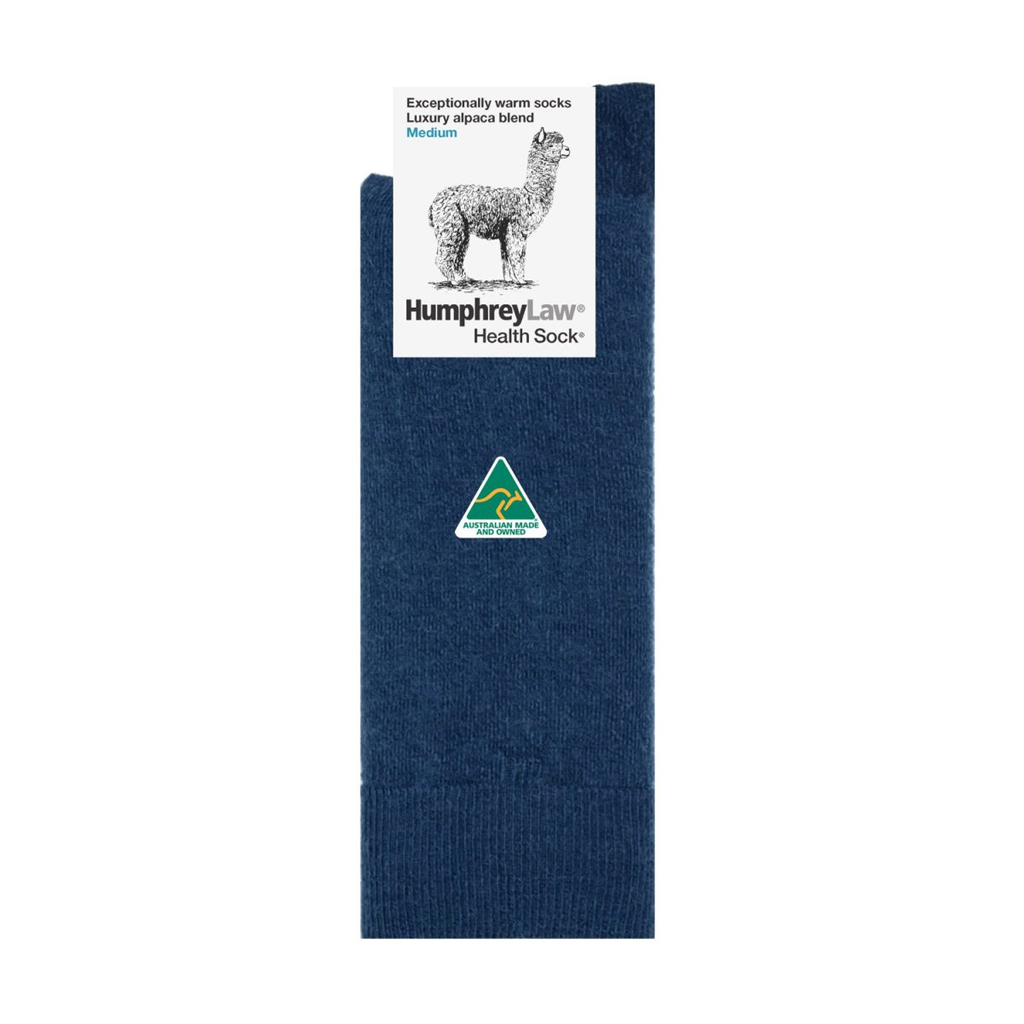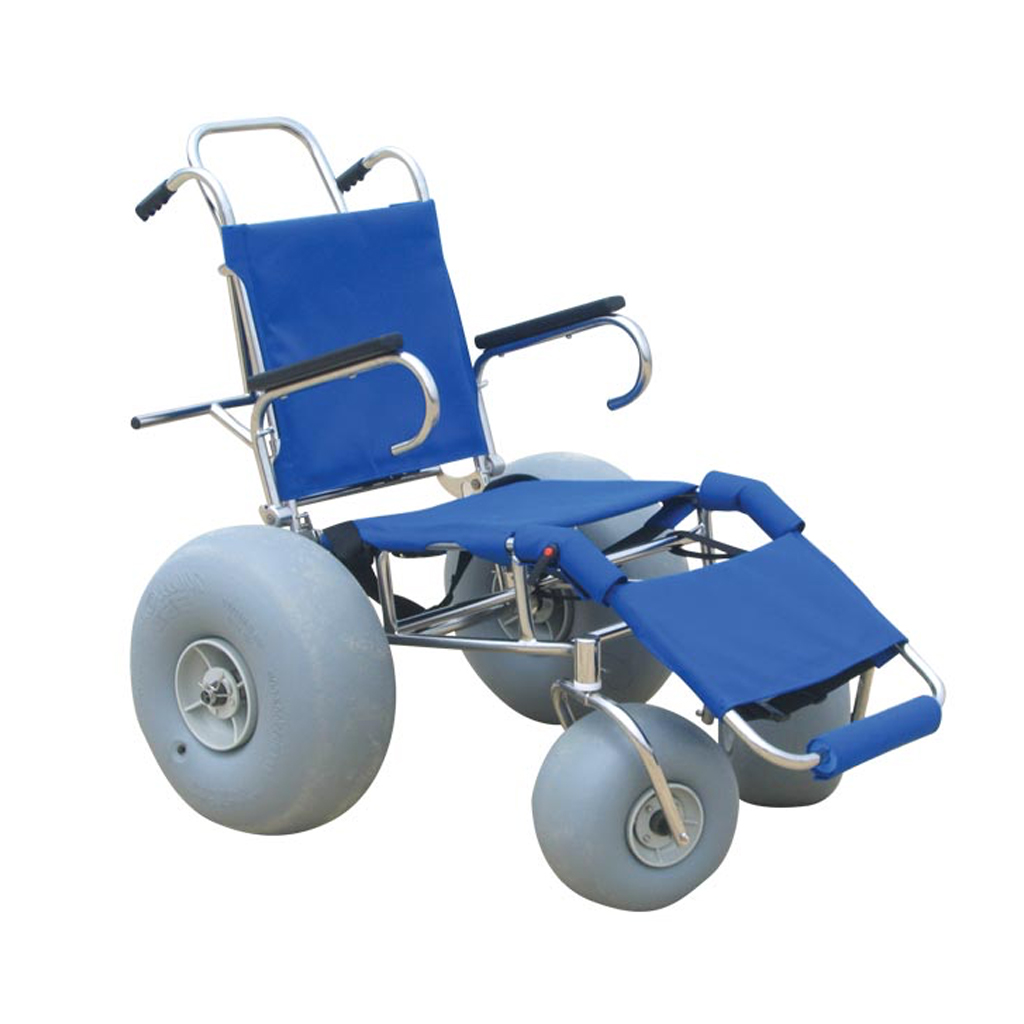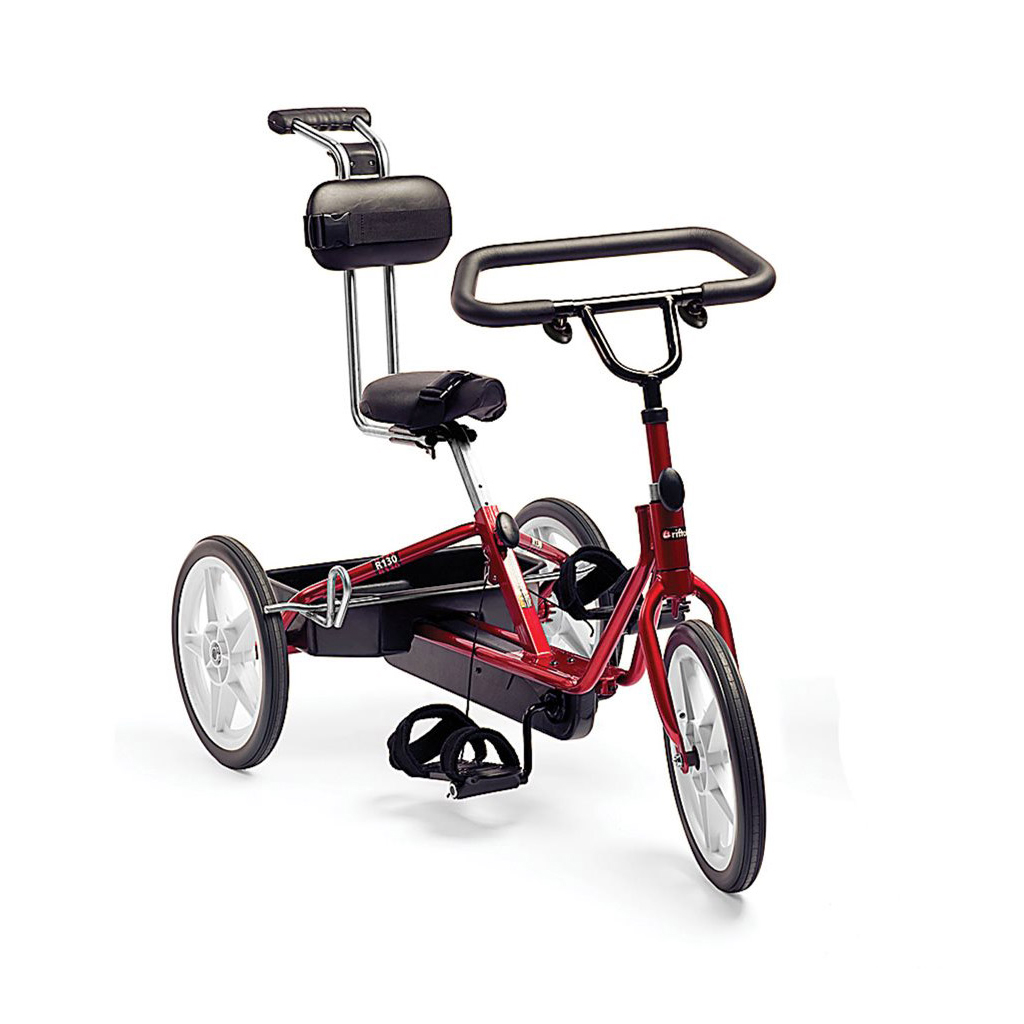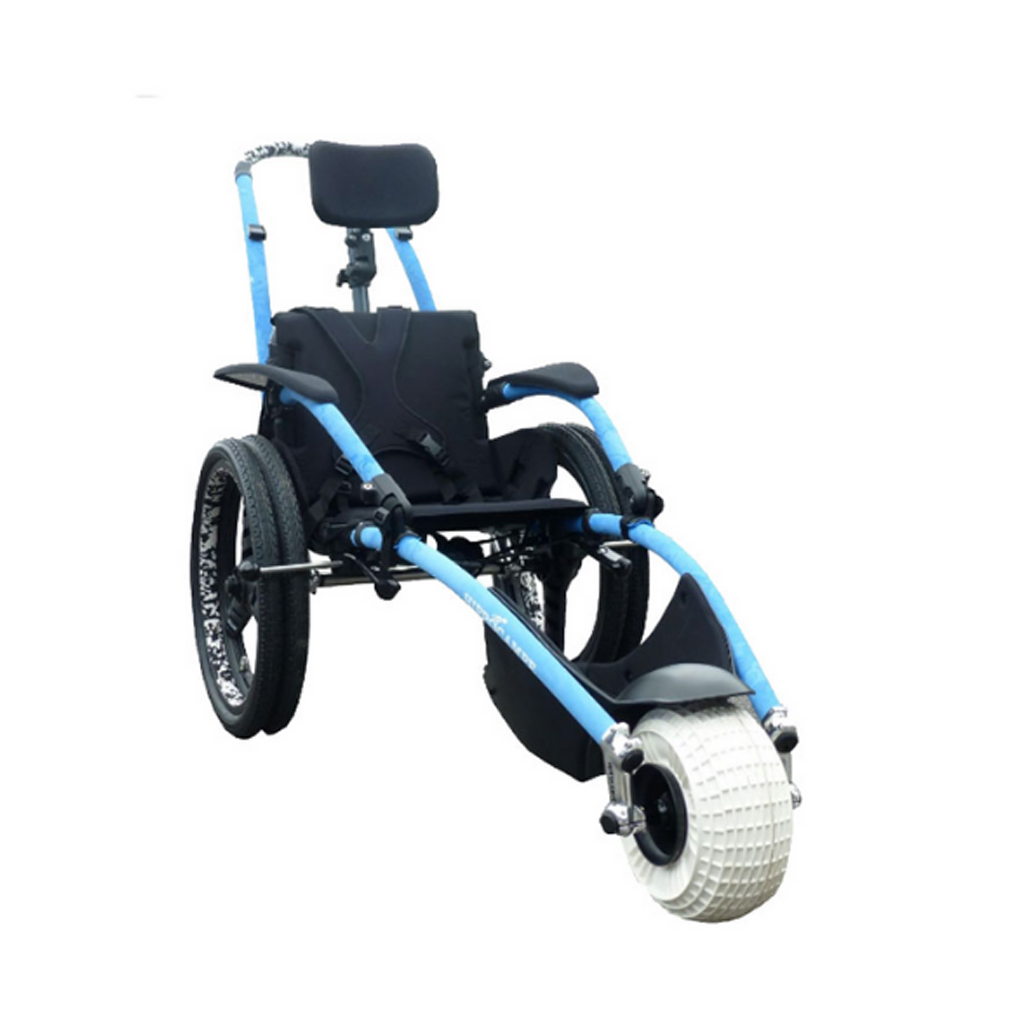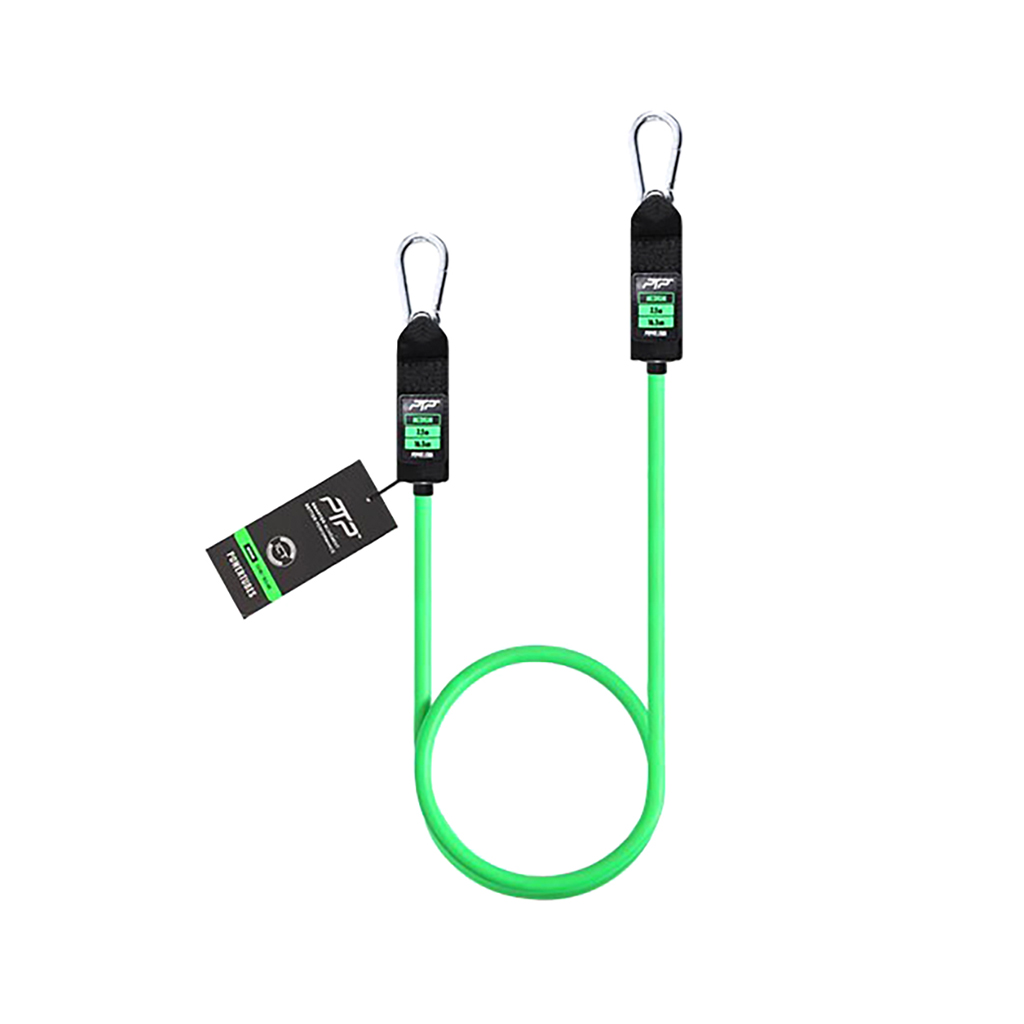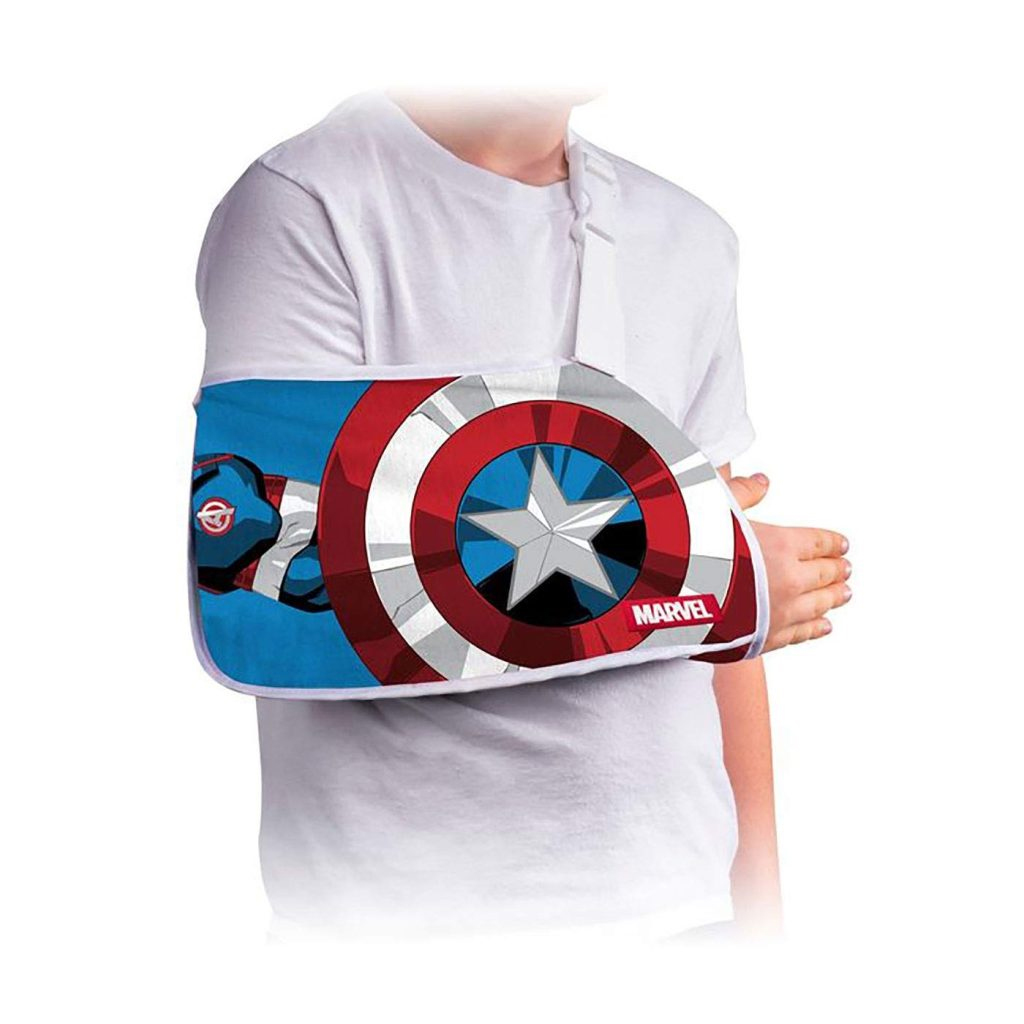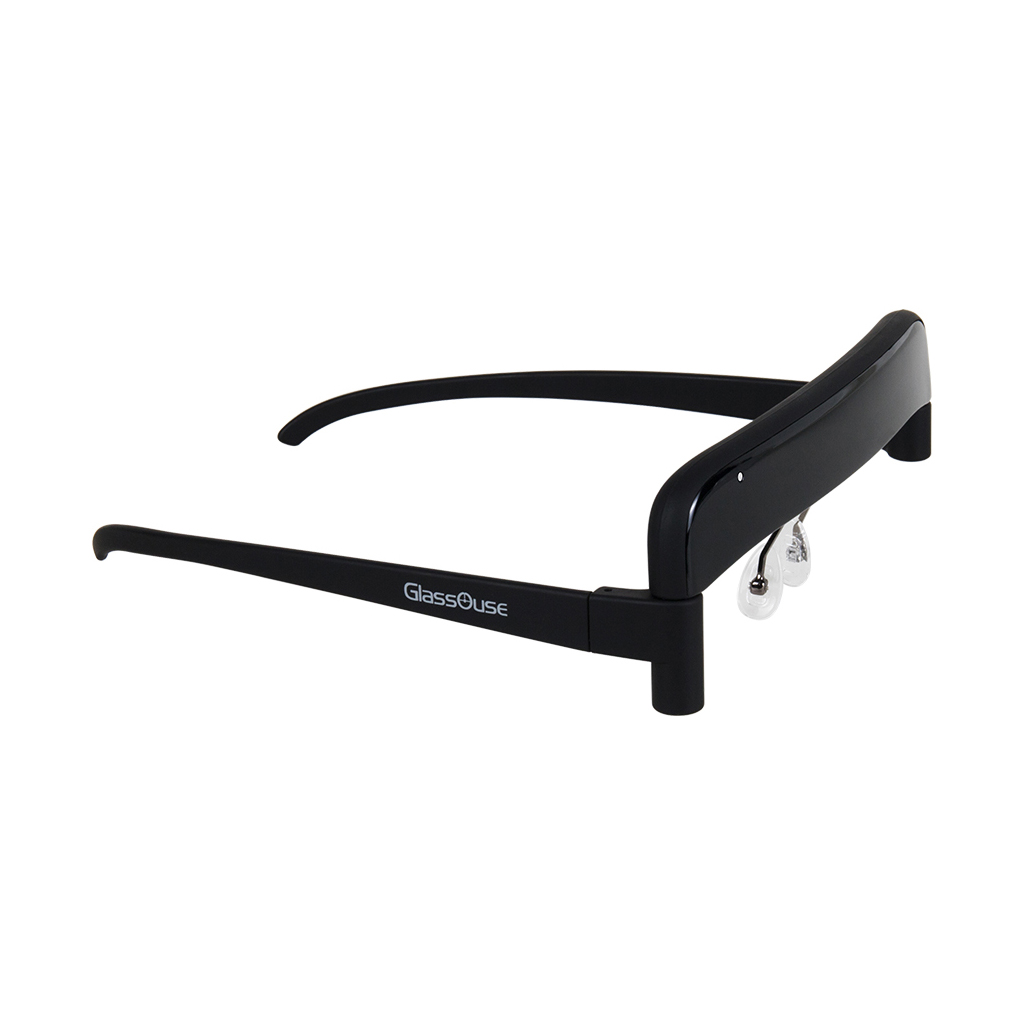10 Different Types of Assistive Technology (AT) solutions explained
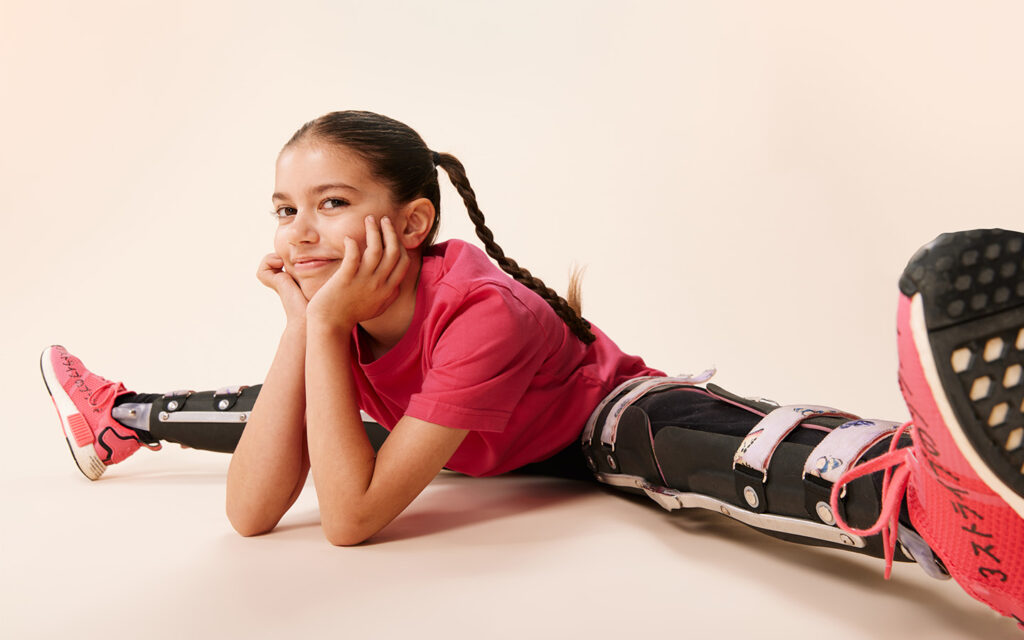
Assistive technology is equipment or a device that can support people in their day-to-day living. It also isn’t new — AT has been making life easier for centuries. From ancient aids like canes and crutches to wheelchairs dating back to 5th Century China, AT has evolved to provide innovative and modern solutions to everyday life from clever gizmos and gadgets, to cutting edge devices that could make sci-fi movie jealous, AT is designed to fit the needs of many.
For people with disability, assistive technology can support them to live more independently. Assistive technology includes so many different areas that sometimes it is difficult to know where to start. NovitaTech has been specialising in assistive technology since 1976 and opened Australia’s largest in-store assistive technology experience in 2022.
In this article, we will list 10 different types of assistive technology and how they can support people with disability.
Before we get started, here is a quick run-down of the different categories of assistive technology and how they can benefit people with disability:
Low and High Risk assistive technology:
Broadly speaking, assistive technology can be broken into two main categories – low-risk and high-risk.
- Low-risk assistive technology: products that are unlikely to cause harm in everyday life, can be purchased from retail stores, and are relatively easy to use without professional advice and intervention.
- Higher-risk assistive technology: products that can be more difficult to use (i.e., an electric wheelchair), are known to have caused harm without proper protocols, are used with a restrictive practice (i.e., as a physical restraint) and require professional advice and intervention to set up/use.
Assistive technology categorised by cost:
In Australia, under the National Disability Insurance Scheme (NDIS), assistive technology is often categorised by cost.
- Low-cost assistive technology: under $1,500 per item
- Mid cost assistive technology: between $1,500 and $15,000 per item
- High-cost assistive technology: over $15,000 per item
Examples of assistive technology could include:
- Non-slip maps
- Adaptable cutlery
- Wheelchairs
- And communication devices.
Benefits of assistive technology include:
- Needing less support from others to complete day-to-day tasks
- Completing tasks safely and more efficiently
- And promoting independence
As explained above, assistive technology can be used for many different types of needs and can encompass a wide range of support. Below, we list ten different types of assistive technology and provide some examples about how it can be used for a variety of capabilities:
1. Vision
Assistive technology can be used to enable people who are vision impaired and need support with their day-to-day living. Some of this support can include wayfinding, using a computer or a mobile phone or completing errands. Examples of assistive technology designed for vision-impaired people can include:
- Magnifying glasses (these can be handheld or electronic)
- Specially designed phones with larger buttons and screens
- Canes designed to detect obstacles and support balance issues
- Large buttons and switches to encourage easier accessibility around the home
- At home technology including Google Home and Amazon Alexa, voice activation systems that can switch on lights, the television and activate other functions without touch
2. Hearing
Assistive technology can also be used to support people with complex hearing. This assistive technology can be used to support communication and listening. For people with complex hearing, health professionals can use Assistive listening devices (ALD) to amplify sounds. These can be worn with a hearing aid or cochlear implant. Examples of assistive technology for people can include:
- Hearing ads
- Ear plugs which can block out unnecessary background noise
- Screen readers, like the Scan Reader pen, which reads out words on a page and is helpful for people with complex hearing. Other screen reader technology includes JAWS, Zoomtext, Window Eyes, VoiceOver and NVDA which supports users to navigate around their computer, as well as writing and searching the internet (source: ADCET)
- Frequency Modulator systems (FMs) that can be used to transmit frequency and sounds to people who don’t wear hearing aids, but still experience hearing difficulties
- Alerting devices, including doorbells and alarms that ring at extra volume
3. Alternative communication
Specialists often suggest augmentative and alternative communication (AAC) devices to support people with communication and speech difficulties. This technology can support people to express themselves and convey their needs in a way that is easy and understandable to them. Examples of assistive technology for people with communication and speech difficulty can include:
- Pragmatic Organisational Dynamic Display (PODD) communication books or devices containing symbols and words to support communication between people with complex communication needs and their communication partners, whether that’s carers, family, friends or support workers
- Switches like the AbleNet LITTLE Step-By-Step that enable users to record multiple messages
- Bluetooth scanning software to support AAC access, navigating a computer and touch screen
- Wrist bands that show you ‘have something to say’
- Mouth activated switches like the GlassOuse bite switch, which can be used on computers and mobile devices
- Eye tracking equipment like the Hiru AAC camera system, which can be used to control computers and mobile devices
4. Learning, cognition, and developmental support
Assistive technology can be used to support people with learning, cognition and developmental issues through engaging memory, paying attention, staying alert and keeping organised. Examples of assistive technology for people with learning, cognition and developmental issues can include:
- Memory aids that remind users about upcoming appointments, self-care and chores. Voice recorders and scanners to save important information on the go
- Smart watches and mobile devices that send ongoing reminders
- Tovertafel or ‘Magic Table’ in Dutch, a fun, interactive game system designed for people living with dementia and cognitive challenges to stimulate physical and social activities, create a shared experience, and enhance well-being
5. Mobility, seating, and positioning
This type of assistive technology is designed for people who need extra support with sitting, standing and moving around. Examples of assistive technology for mobility, seating and positioning issues can include:
- Bluetooth switches to support people with physical disability to access computers and other devices
- Cushions to support seating at home or in wheelchairs
- Lifts and transfers to get in and out of seating and bed
6. Daily living
Did you know many of us are supported by assistive technology in our daily lives? From eyeglasses to our mobile phones, this technology enables people to complete chores and self-care. People with disability may use assistive technology in their daily lives to support things like eating, drinking and sleeping. Some of this assistive technology can include:
- Magnetic shoelaces which reduce time bending down
- Accessible cutlery with easy grip handles and other adaptable kitchen tools and utensils, including breadboards to reduce slippage
- Cupholders for wheelchairs and easy access on the go
- Reachers to access items on high shelves
- Auto assist handles to get in and out of the car
7. Environmental adaptations
Assistive technology can be used to make environments in the home, workplace and public more accessible and inclusive for people with disability. Examples of this assistive technology can include:
- Ramps to get in and out of the house and workplace
- Lifts and elevators
- Ceiling hoists to get in and out of bed
- Bidets for ease in toileting and after care
- Lever tapware and other accessible bathroom hardware
- At home technology including NICE Home automation centres and devices, Google Home and Amazon Alexa, voice activation systems that can switch on lights, the television and activate other functions without touch
- Hand activated doors in offices and the home
8. Vehicle modification for transportation
Assistive technology is used to enable and support people with disability to use and get in and out of transportation. Examples of this assistive technology can include:
- Touch activated controls for driving
- Wheelchair and scooter lifts
- Swivel seating to ensure comfortability and movement
- Converted steering wheels for easy grip and use
- Adaptable brakes, accelerator and foot steering
9. Computer and phone usage
Let’s face it, everyone needs to use their computers and phones in the 21st century. These devices should be accessible to all, and through assistive technology, people with complex hearing, vision and communications needs can also use them in their day-to-day lives. Examples of assistive technology to enable phone and computer usage can include:
- Screen readers, like the C-Pen Reader 2 | Assistive Reading Support tool which reads out words on a page and is helpful for people with low vision. Other screen reader technology includes JAWS, Zoomtext, Window Eyes, VoiceOver and NVDA which supports users to navigate around their computer, as well as writing and searching the internet (source: ADCET)
- Accessible stylus to control the screen on a tablet
- Mouth activated switches like the GlassOuse bite switch, which can be used on computers and mobile devices
- Alternate computer mouse which can be controlled from the head
- Eye tracking equipment like the Hiru AAC camera system, which can be used to control computers and mobile devices
10. Sports and leisure
Being active and having fun should be accessible to everyone. By using assistive technology, people with disability can participate on the sporting field, but also in activities with friends and families. Examples of assistive technology supporting participation in sports and leisure can include:
- Adaptable equipment including the PETRA RaceRunner and Invacare wheelchair designed for wheelchair basketball
- Adaptable balls, bats and gloves
- Adapted toys and boardgames
How Novita can support you
Assistive technology can be used to support people – no matter their needs or capabilities. Because of assistive technology, people can reach their goals and live and work comfortably. The highlighted examples of assistive technology included in this article are all available to purchase at NovitaTech.
NovitaTech is Novita’s home of assistive technology, providing innovative and accessible solutions to daily living. For more information on NovitaTech, assistive technology, and how it can support you, or someone you know click here.

